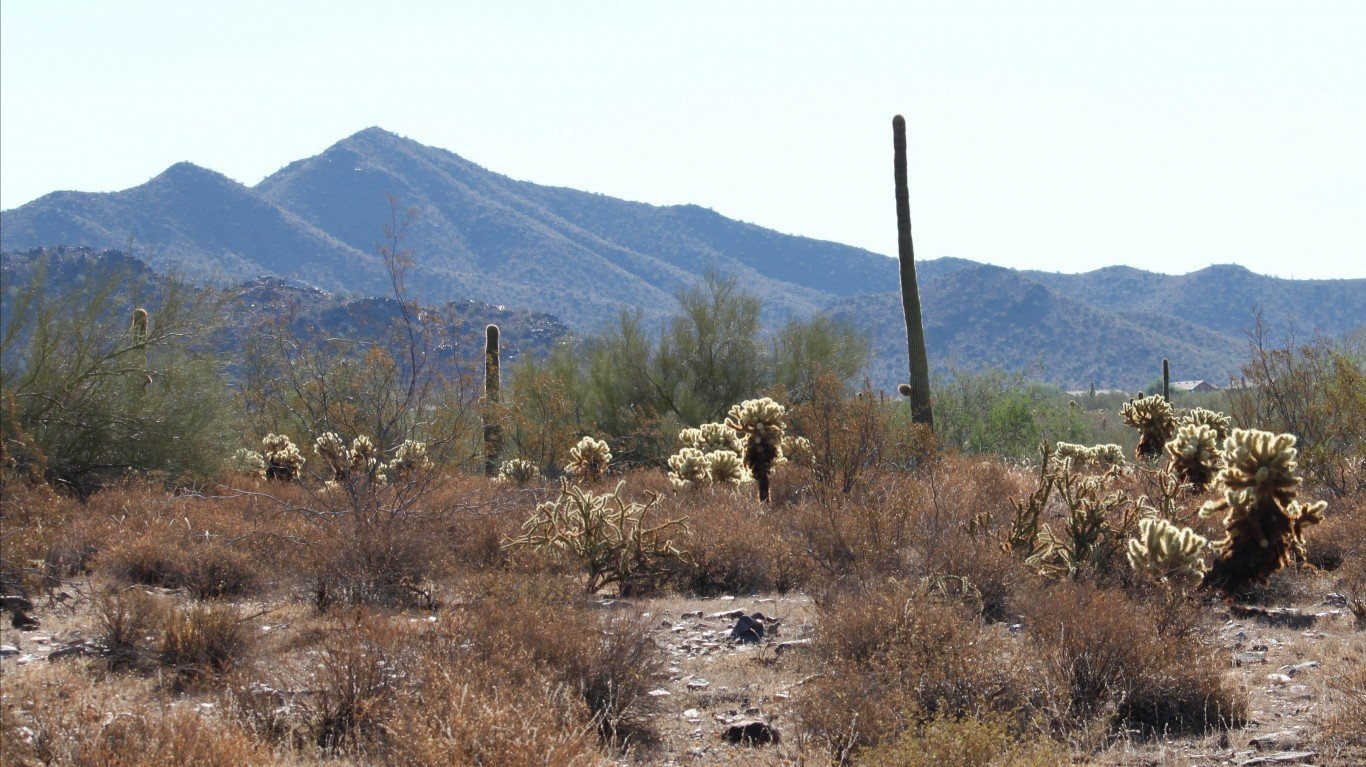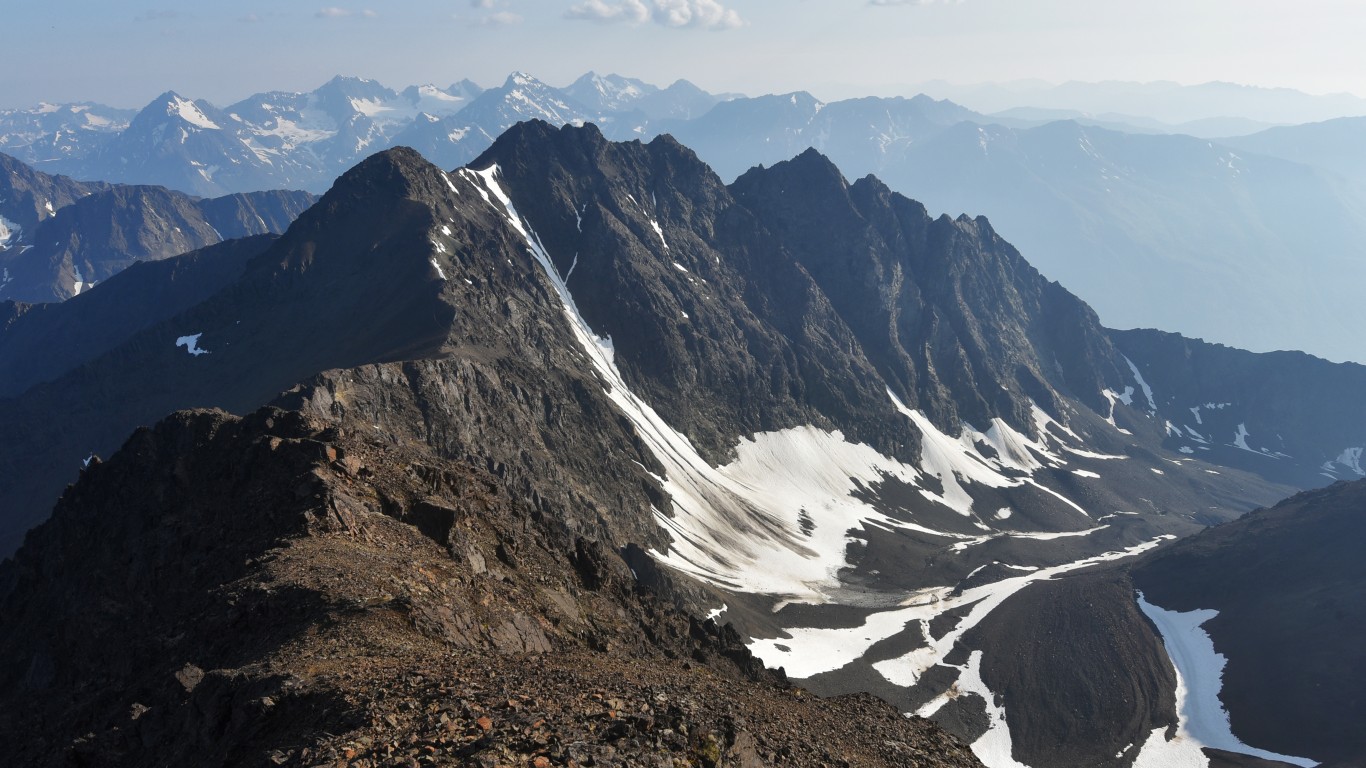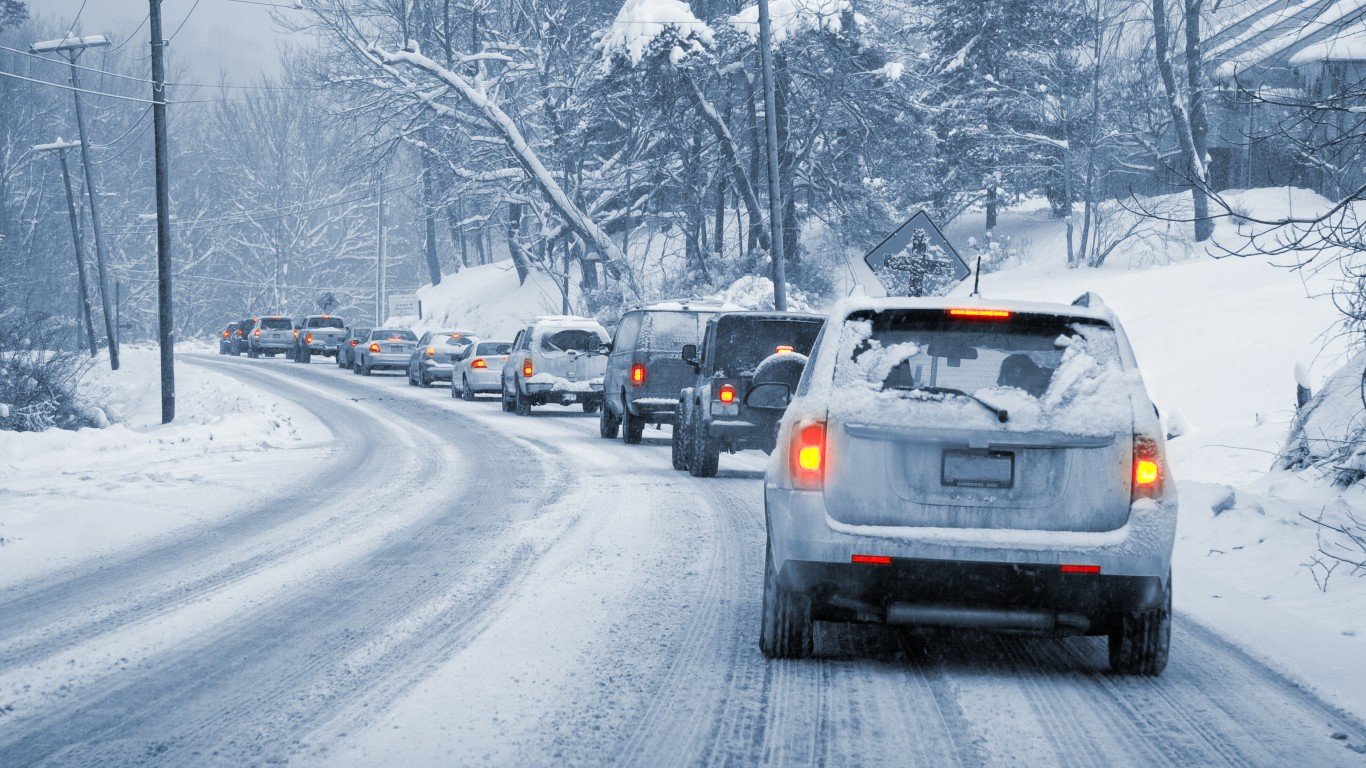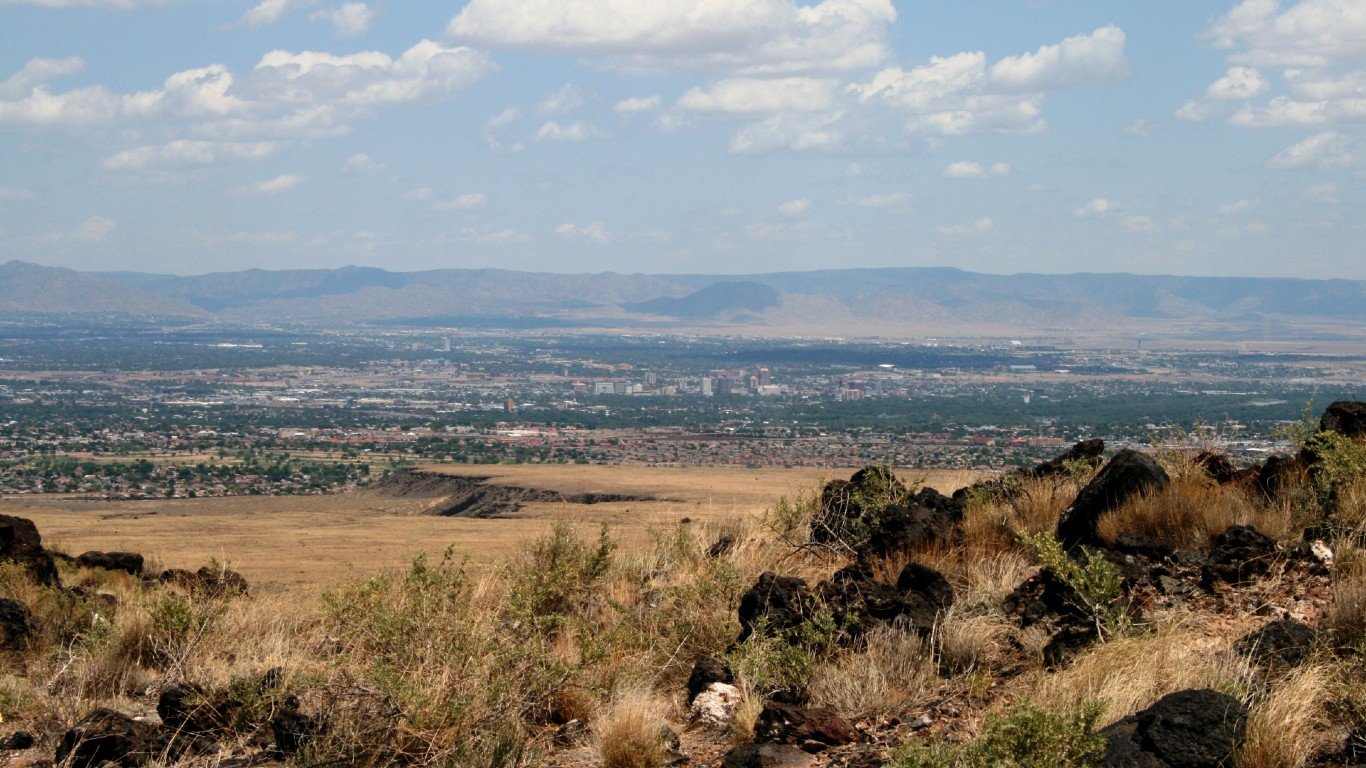

“Urban park” may seem to be a contradiction in terms. When you think of a city park, you likely picture a small, flowering lot squeezed between two skyscrapers. It’s natural to think that, because cities dominated by tall buildings have precious little green space to spare. Yet major cities and metropolitan areas have managed to carve out large swaths of parkland where residents can walk among trees, lakes, and other natural wonders.
And by large, we mean really large. New Yorkers and visitors to the city might think of Central Park as huge, but it covers only 843 acres. In the urban metros listed here, the parks stretch from the tiniest at just over 1,000 acres to nearly 500,000 acres.
To identify 51 largest urban parks, 24/7 Tempo reviewed the acreage data for parks in the 100 largest cities in the country from the non-profit Trust for Public Land’s 2021 Park Score Index.
According to the TPL, those cities oversee roughly two million acres of city parkland – about the same size as Yellowstone National Park – of which 1.7 million acres are considered “natural” acres and the remainder tagged as “designated” acres. The median city manages about 6,000 acres of parks, or about 9% of its populated land area. (These are the most visited local parks.)
Click here to see America’s 51 largest urban parks
The most expansive urban park is found in south-central Alaska. Chugach State Park, located mostly within the city of Anchorage, spans nearly 500,000 acres. The Alaska Range circles the park to the north and west, while the Chugach and Wrangell mountains and Prince William Sound border it to the east, providing visitors with views of the ocean shoreline, lakes, glaciers, and ice fields. The park’s western borders are within seven miles of downtown Anchorage.
A distant second in terms of acreage is the Great Dismal Swamp National Wildlife Refuge in Chesapeake, Virginia. There, forested wetlands, canals, ponds, lakes, and marshes stretch over 110,000 acres. The site harbors more than 200 species of birds in addition to other wildlife, like black bears, bobcats, and river otters.
These urban parks are not only notable for their size, but their biodiversity, as well. From deserts and glaciers to swampland, the parks offer a full range of activities and sights – all within or near the nation’s most populated cities. (These are the largest and smallest national parks and recreation areas in the U.S.)
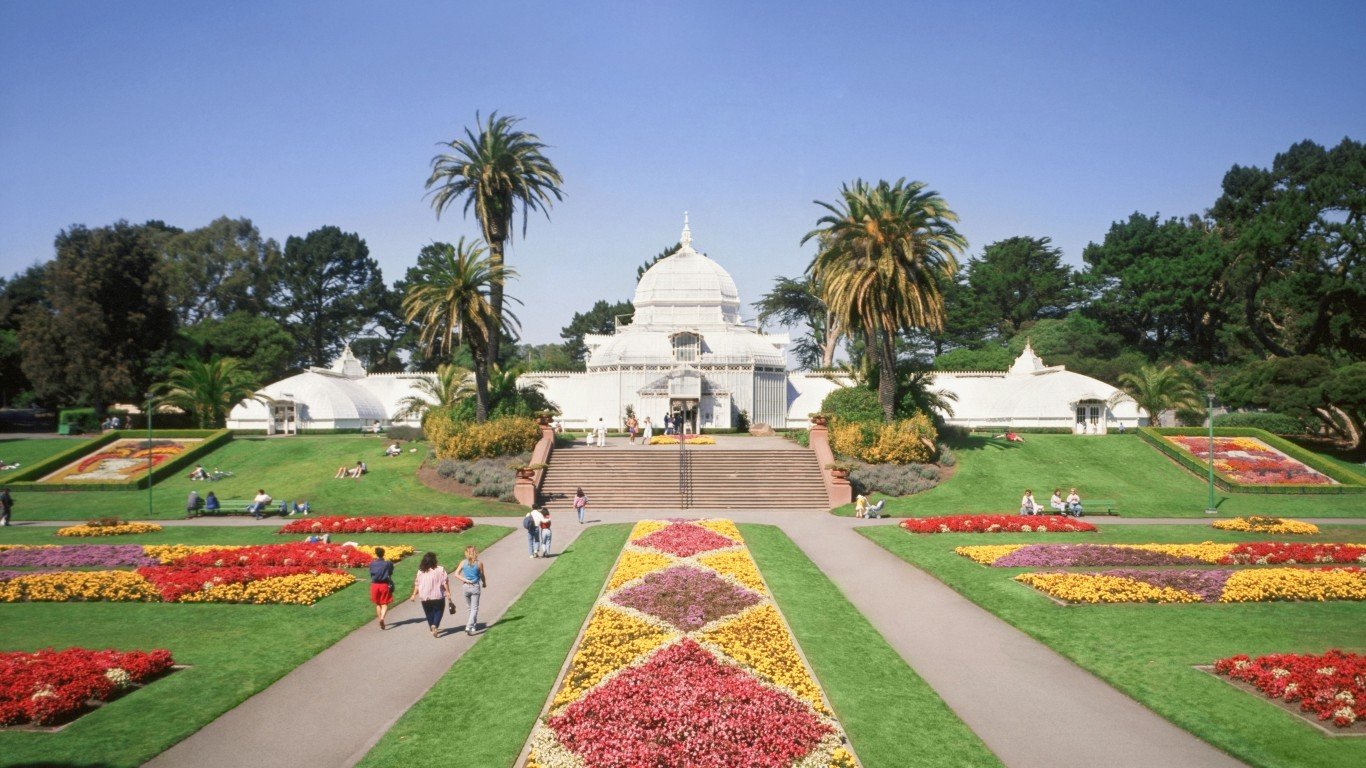
51. Golden Gate Park, San Francisco, California
> Acres: 1,027
> Park agency: San Francisco Recreation and Parks Department
[in-text-ad]
50. Lake Casa Blanca State Park, Laredo, Texas
> Acres: 1,057
> Park agency: Texas Parks and Wildlife Department (Laredo)
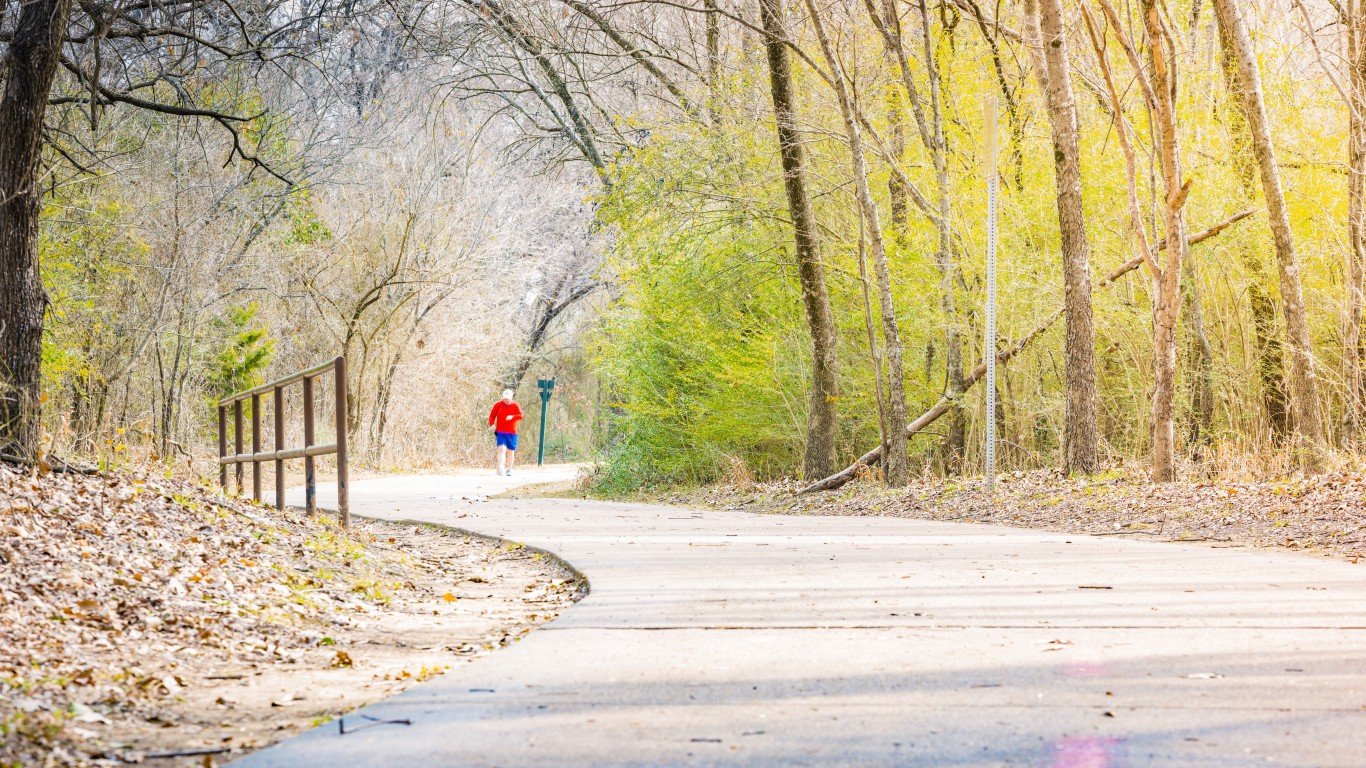
49. River Legacy, Arlington, Texas
> Acres: 1,085
> Park agency: Arlington, Texas, Parks and Recreation Department
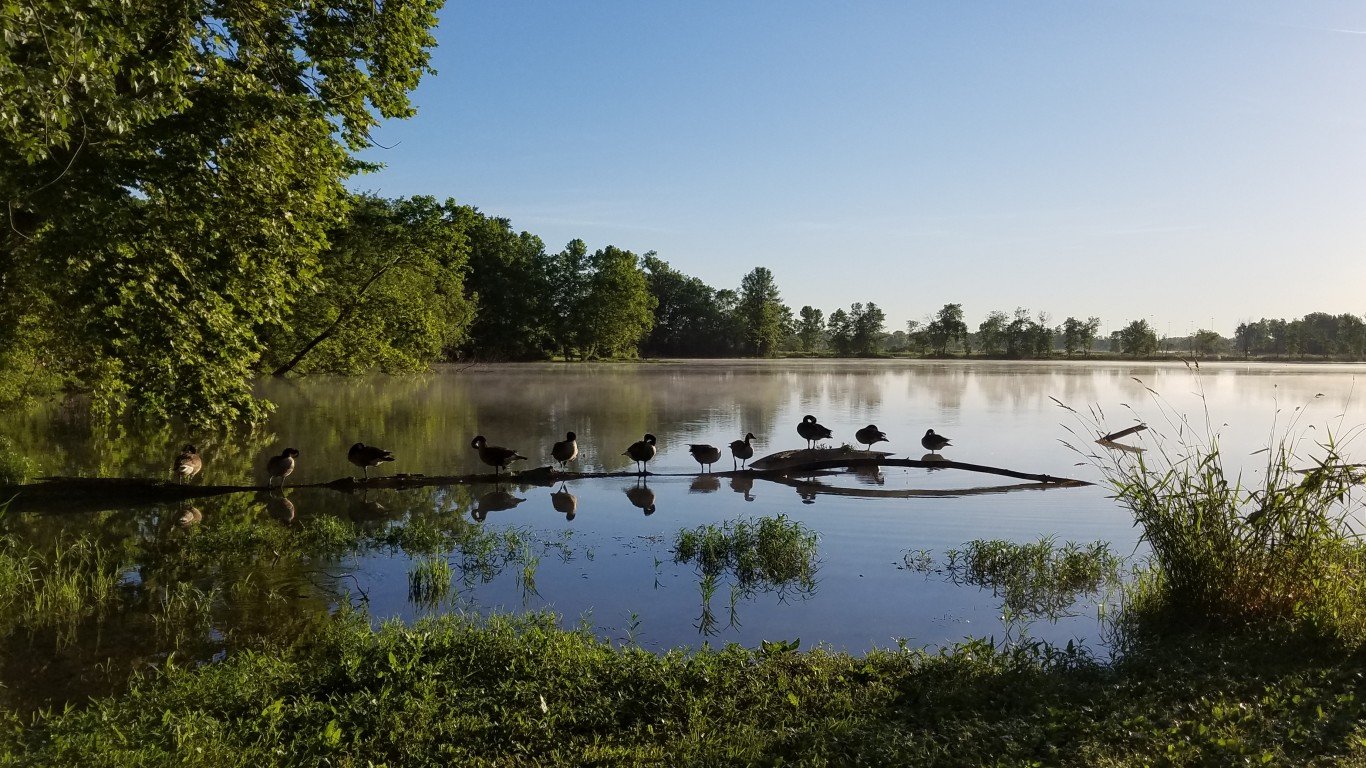
48. Three Creeks Park, Columbus, Ohio
> Acres: 1,095
> Park agency: Columbus Recreation and Parks Department
[in-text-ad-2]
47. Rouge Park, Detroit, Michigan
> Acres: 1,100
> Park agency: Detroit Recreation Department
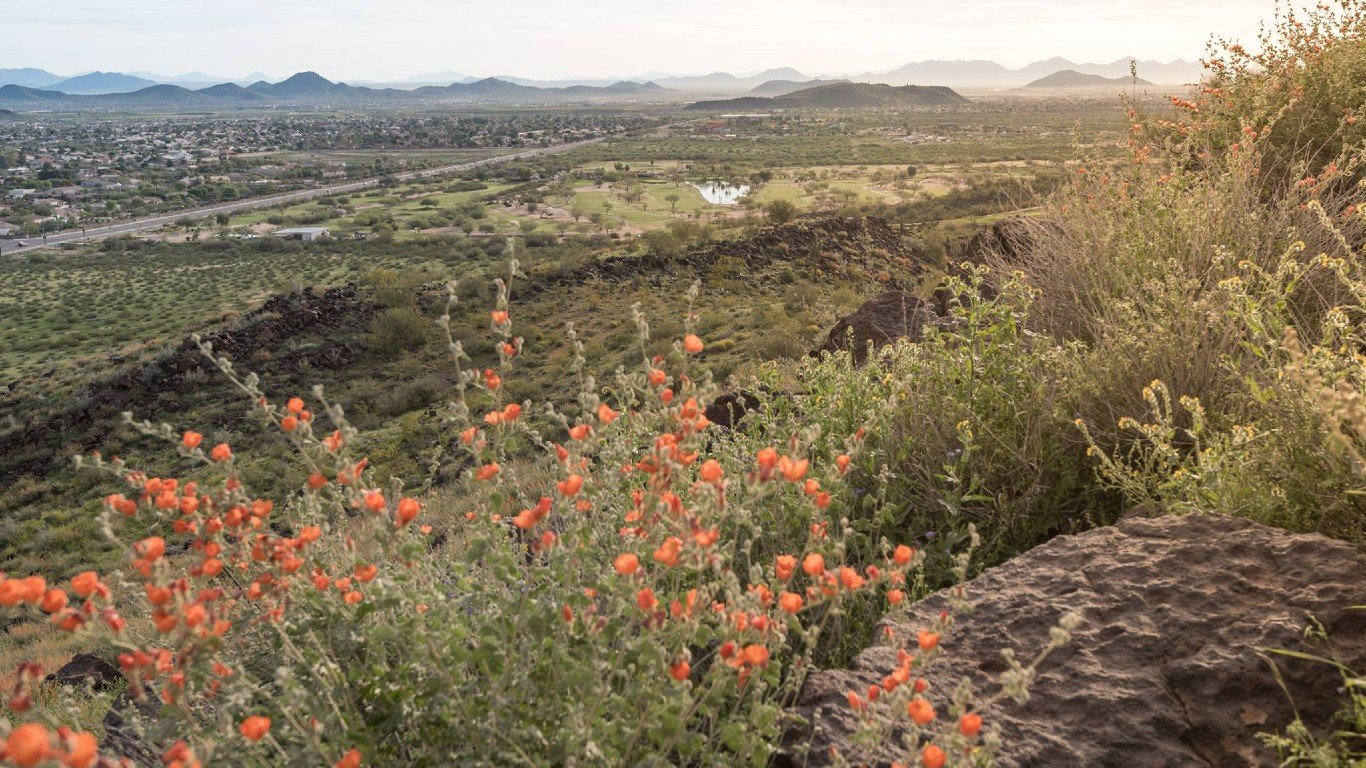
46. Thunderbird Conservation Park, Glendale, Arizona
> Acres: 1,185
> Park agency: Glendale Parks and Recreation Division
[in-text-ad]
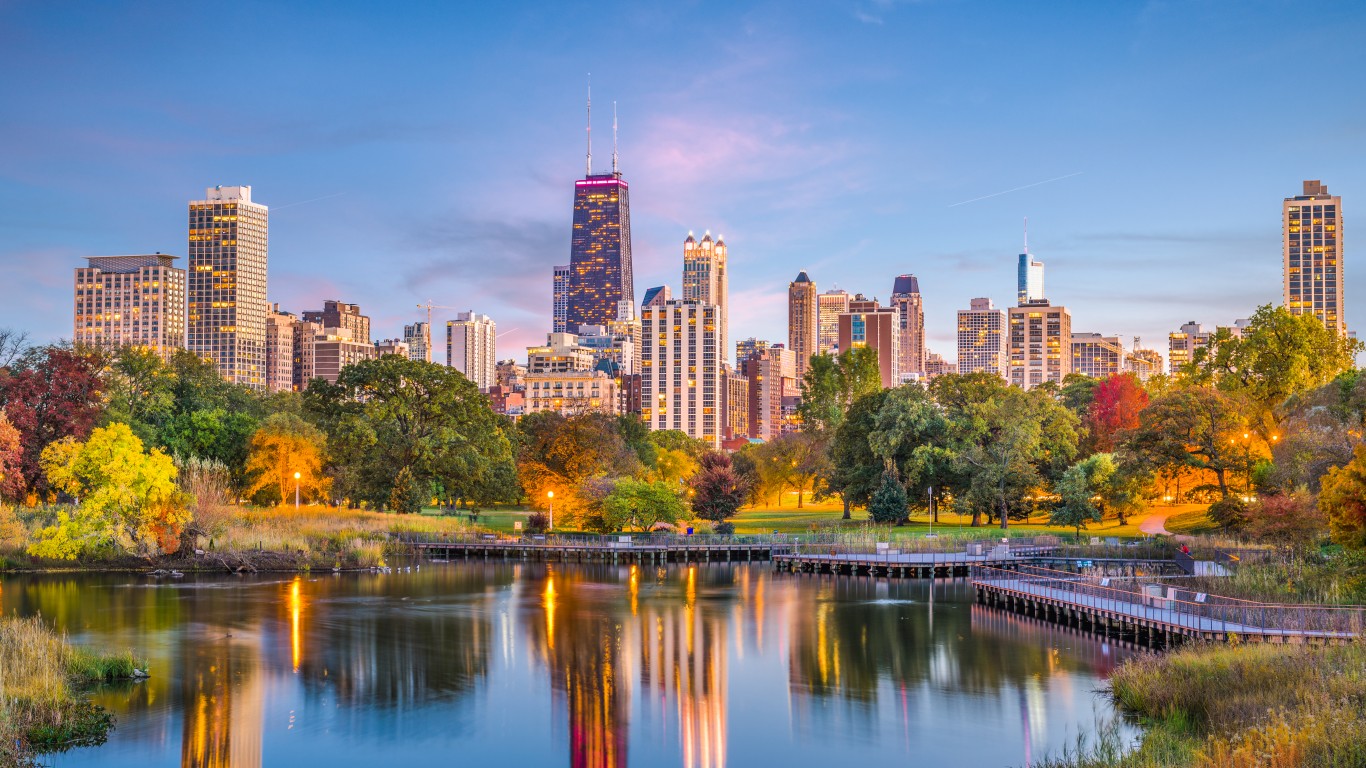
45. Lincoln Park, Chicago, Illinois
> Acres: 1,189
> Park agency: Chicago Park District
44. Gwynns Falls Leakin Park, Baltimore, Maryland
> Acres: 1,200
> Park agency: Baltimore City Department of Recreation and Parks
43. Cherokee Marsh, Madison, Wisconsin
> Acres: 1,329
> Park agency: Madison Parks Division
[in-text-ad-2]
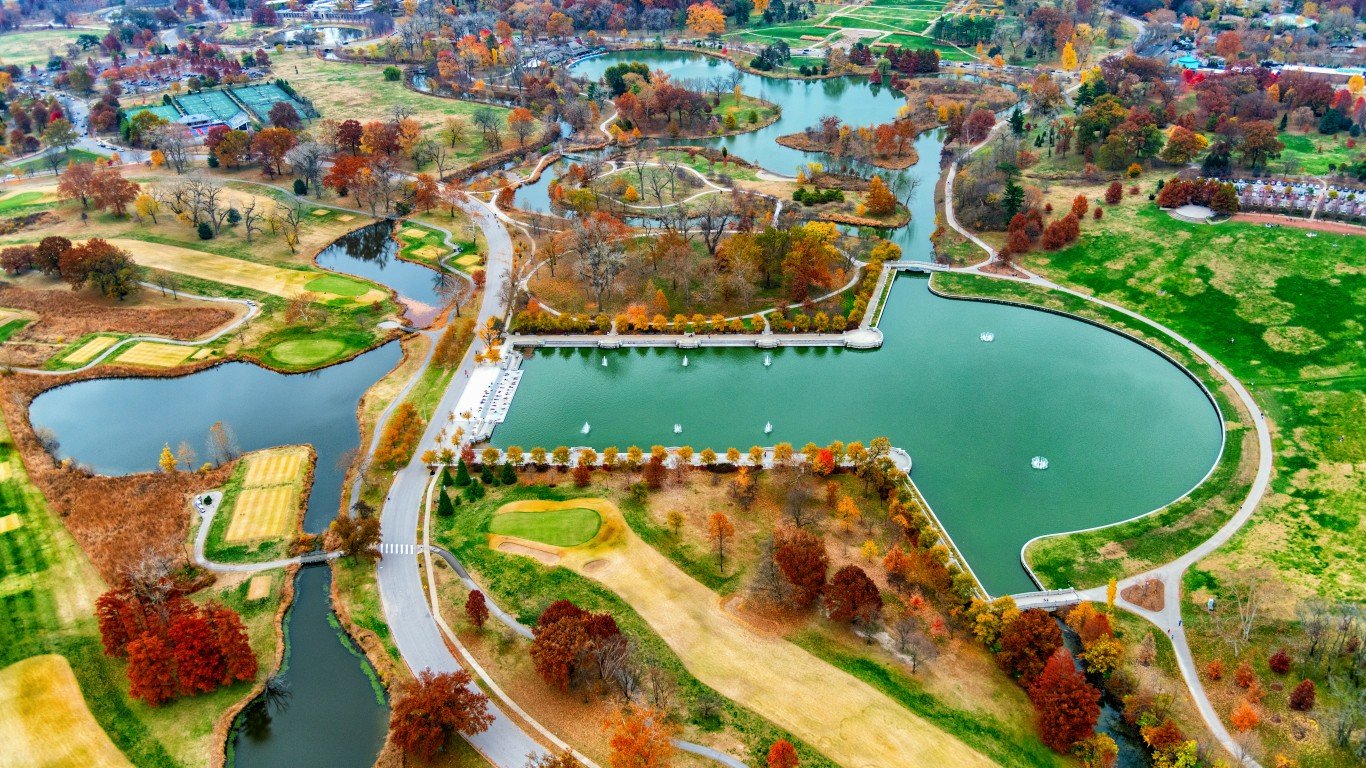
42. Forest Park, St. Louis, Missouri
> Acres: 1,370
> Park agency: Portland Parks & Recreation
41. Glenn Cunningham Lake, Omaha, Nebraska
> Acres: 1,439
> Park agency: Omaha Department of Parks, Recreation and Public Property
[in-text-ad]
40. Kern River County (Regional) Park, Bakersfield, California
> Acres: 1,445
> Park agency: Kern County General Services Division – Parks (within Bakersfield)
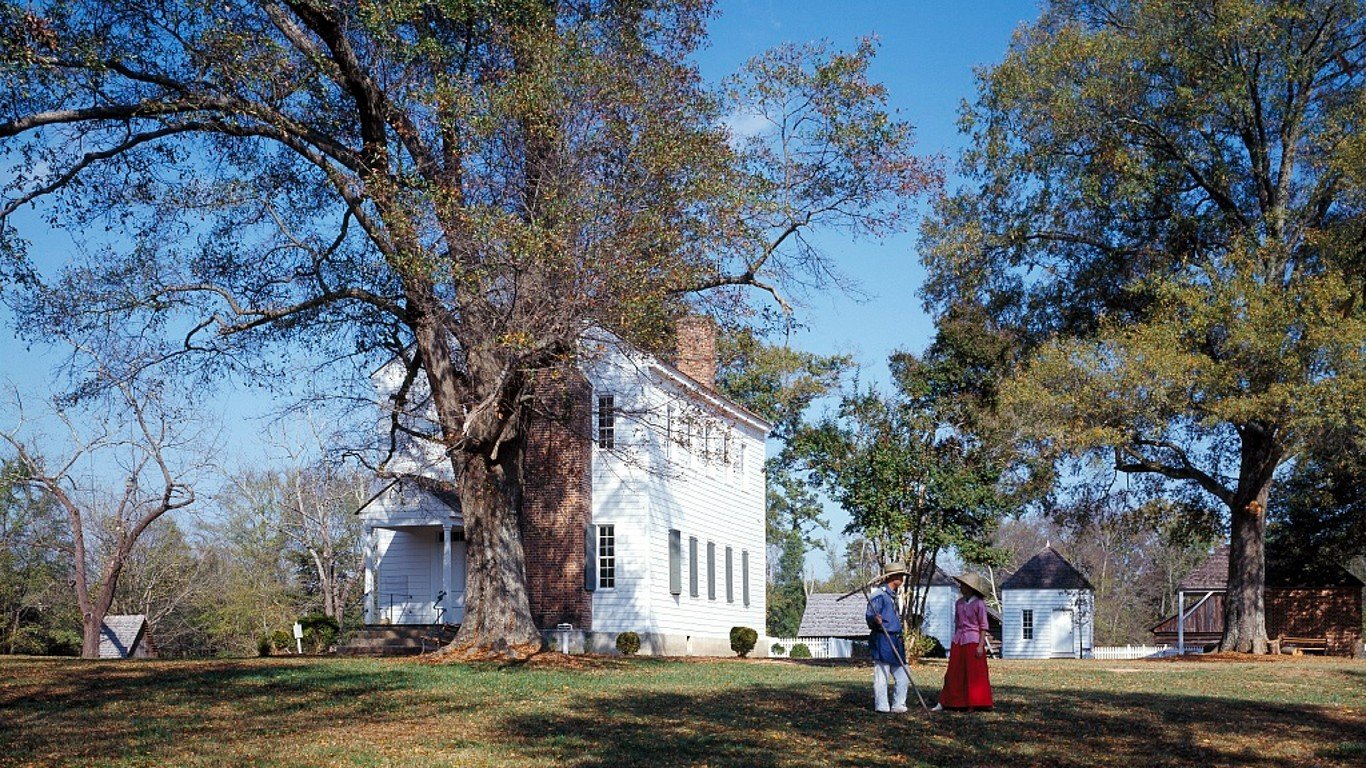
39. Latta Nature Preserve, Charlotte/Mecklenburg County, North Carolina
> Acres: 1,459
> Park agency: Mecklenburg County Park and Recreation
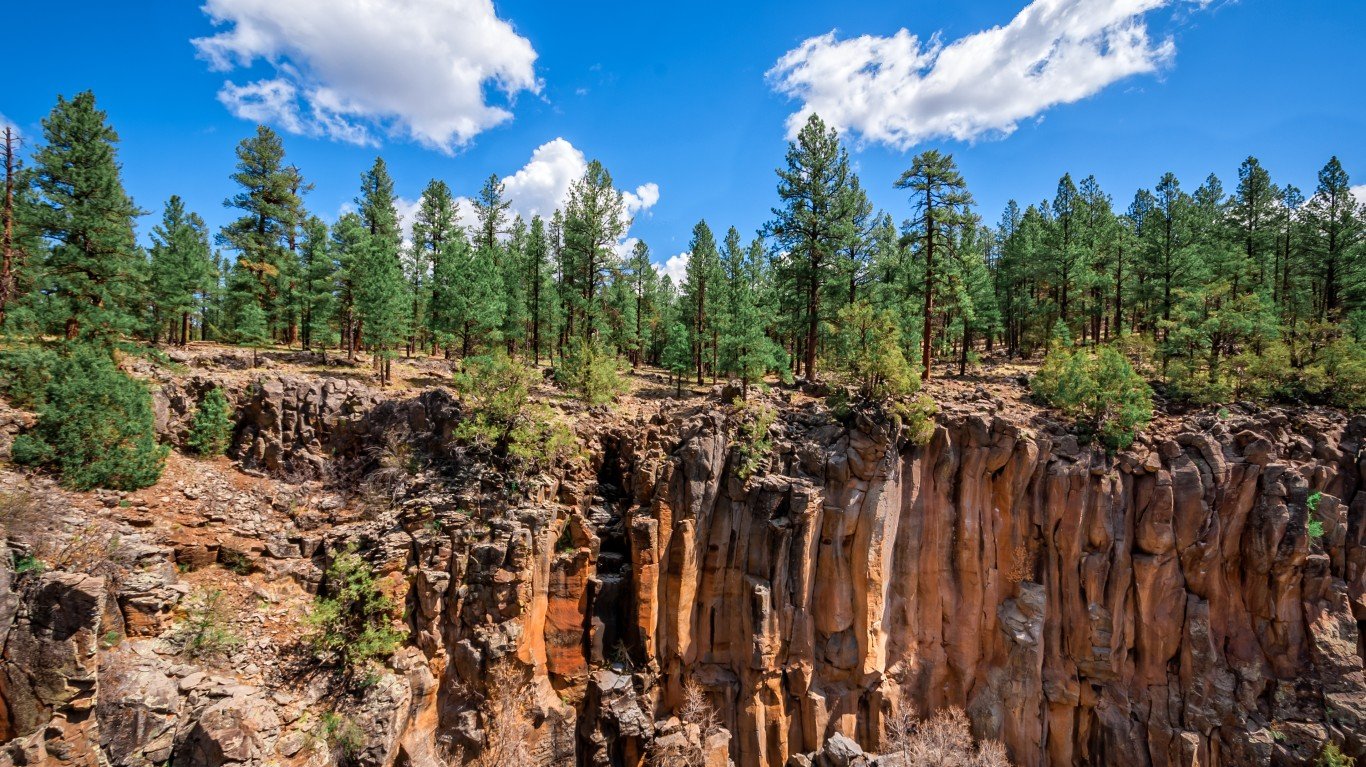
38. Sycamore Canyon Wilderness Park, Riverside, California
> Acres: 1,467
> Park agency: Riverside Parks, Recreation and Community Services Department
[in-text-ad-2]
37. Mt. Airy Forest, Cincinnati, Ohio
> Acres: 1,471
> Park agency: Cincinnati Park Board
36. Salem Lake Park, Winston-Salem, North Carolina
> Acres: 1,475
> Park agency: Winston-Salem Recreation and Parks
[in-text-ad]
35. Wilderness Park, Lincoln, Nebraska
> Acres: 1,480
> Park agency: Lincoln Parks and Recreation Department
34. Rock Creek Park, Washington, DC
> Acres: 1,748
> Park agency: National Park Service, Region 1 – National Capital Area
33. Aurora Reservoir, Aurora, Colorado
> Acres: 1,861
> Park agency: Aurora Parks, Recreation and Open Space
[in-text-ad-2]
32. Mission Peak, Fremont, California
> Acres: 2,000
> Park agency: East Bay Regional Park District (within Fremont)
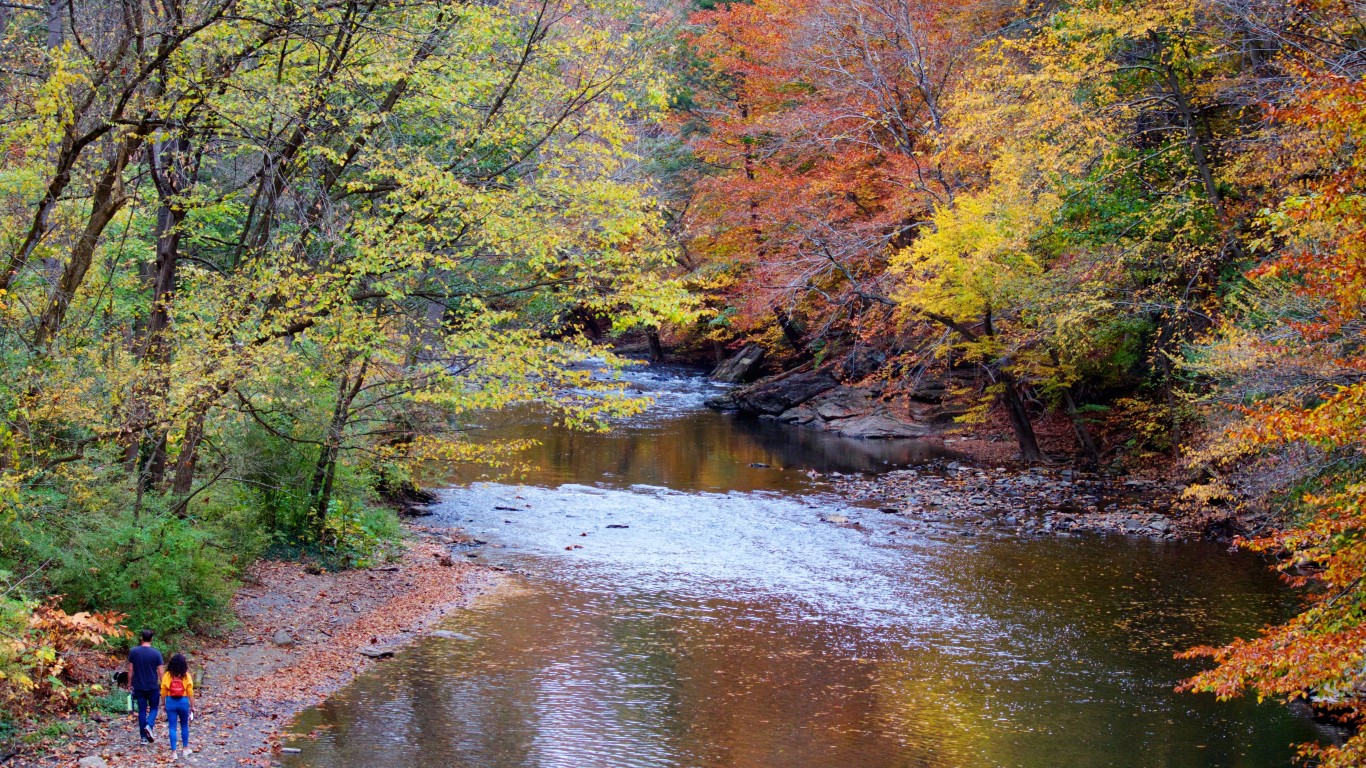
31. Wissahickon Valley Park, Philadelphia, Pennsylvania
> Acres: 2,084
> Park agency: Philadelphia Parks & Recreation
[in-text-ad]
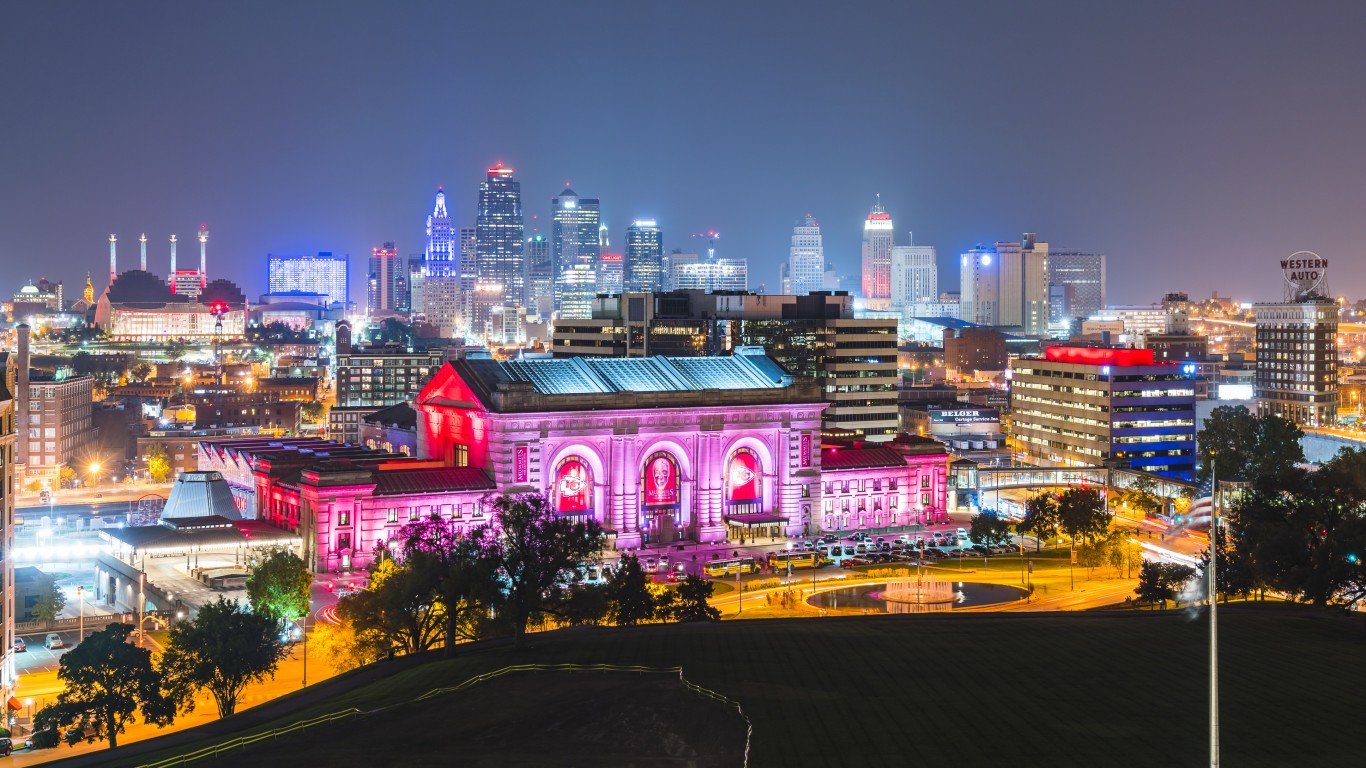
30. Blue River Parkway (within KC city limits), Kansas City, Missouri
> Acres: 2,267
> Park agency: Jackson County Parks + Rec (within Kansas City)
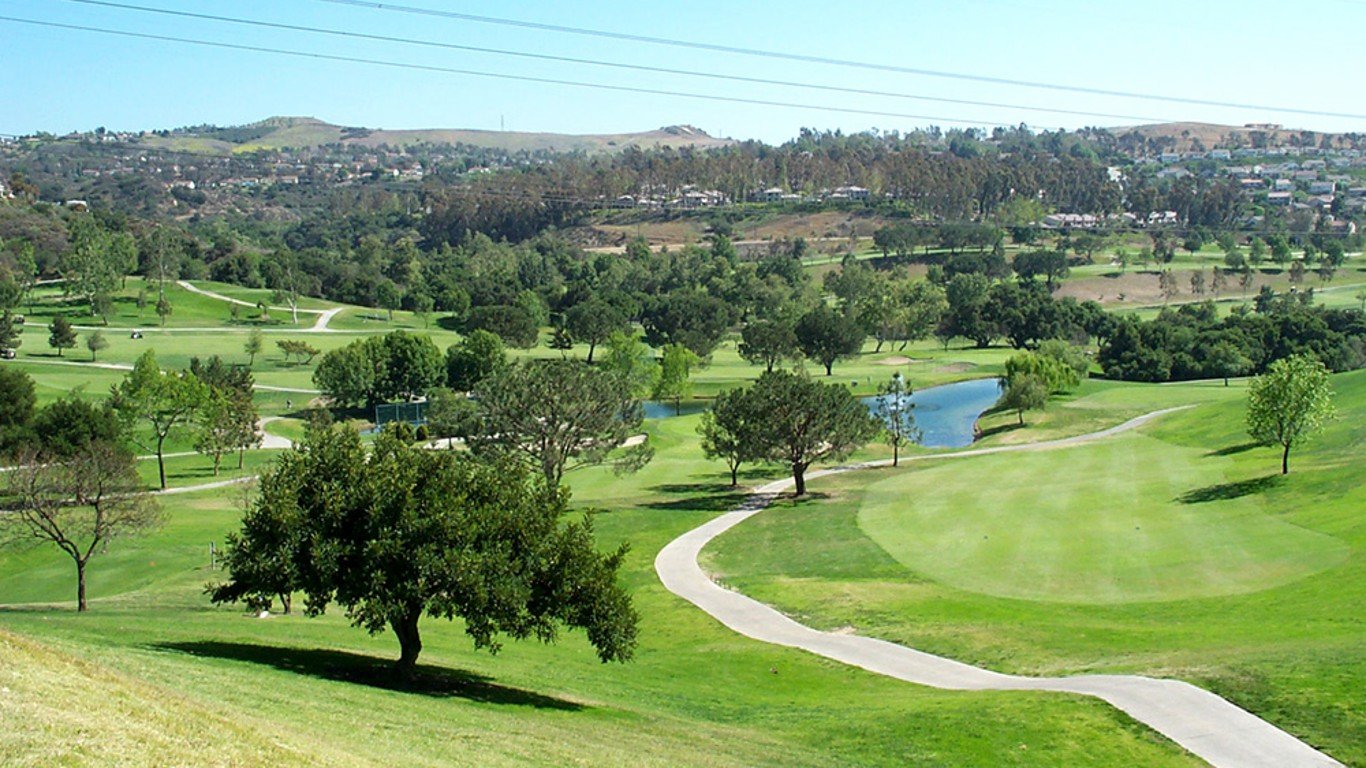
29. Gypsum Canyon Nature Preserve, Anaheim, California
> Acres: 2,307
> Park agency: Orange County Parks (within Anaheim)
28. Cheyenne Mountain State Park, Colorado Springs, Colorado
> Acres: 2,701
> Park agency: Colorado Parks and Wildlife (Colorado Springs), Cheyenne Mountain State Park
[in-text-ad-2]
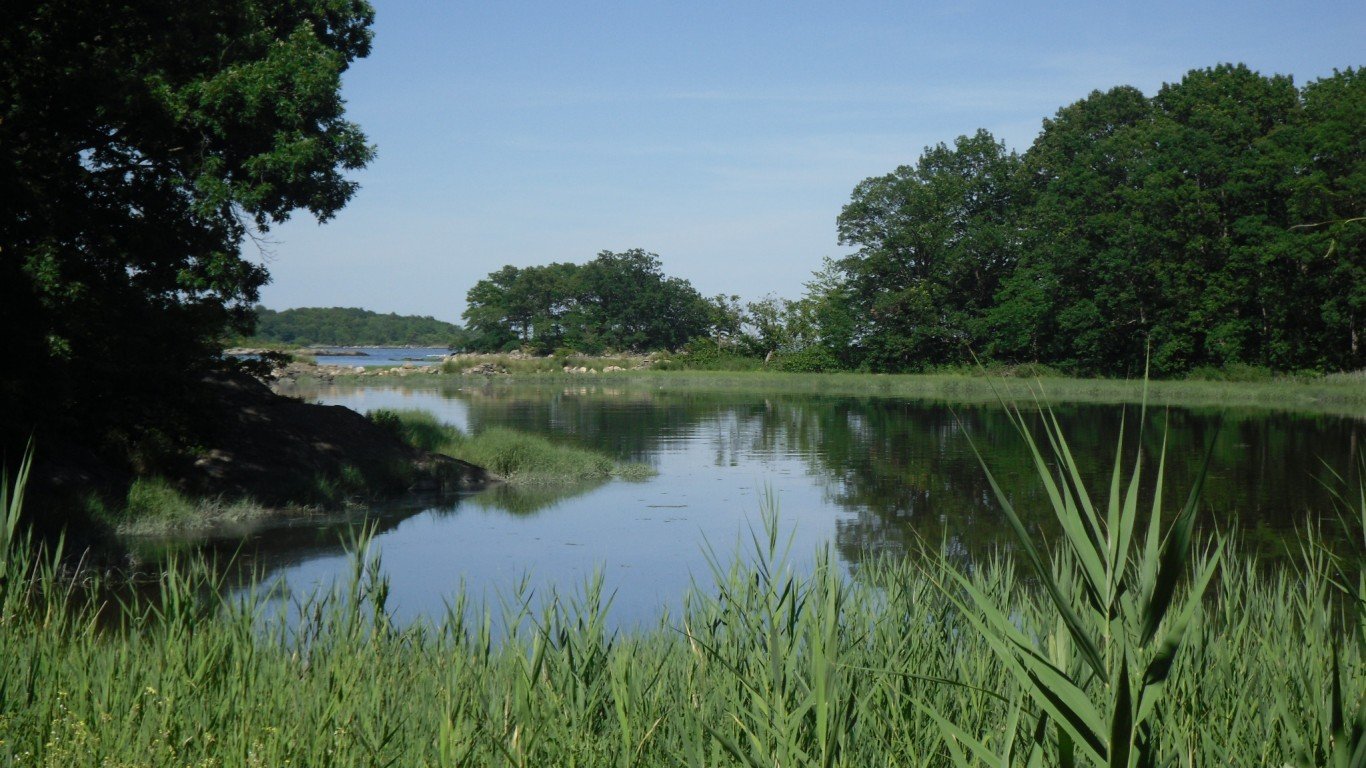
27. Pelham Bay Park, New York, New York
> Acres: 2,771
> Park agency: New York City Department of Parks and Recreation
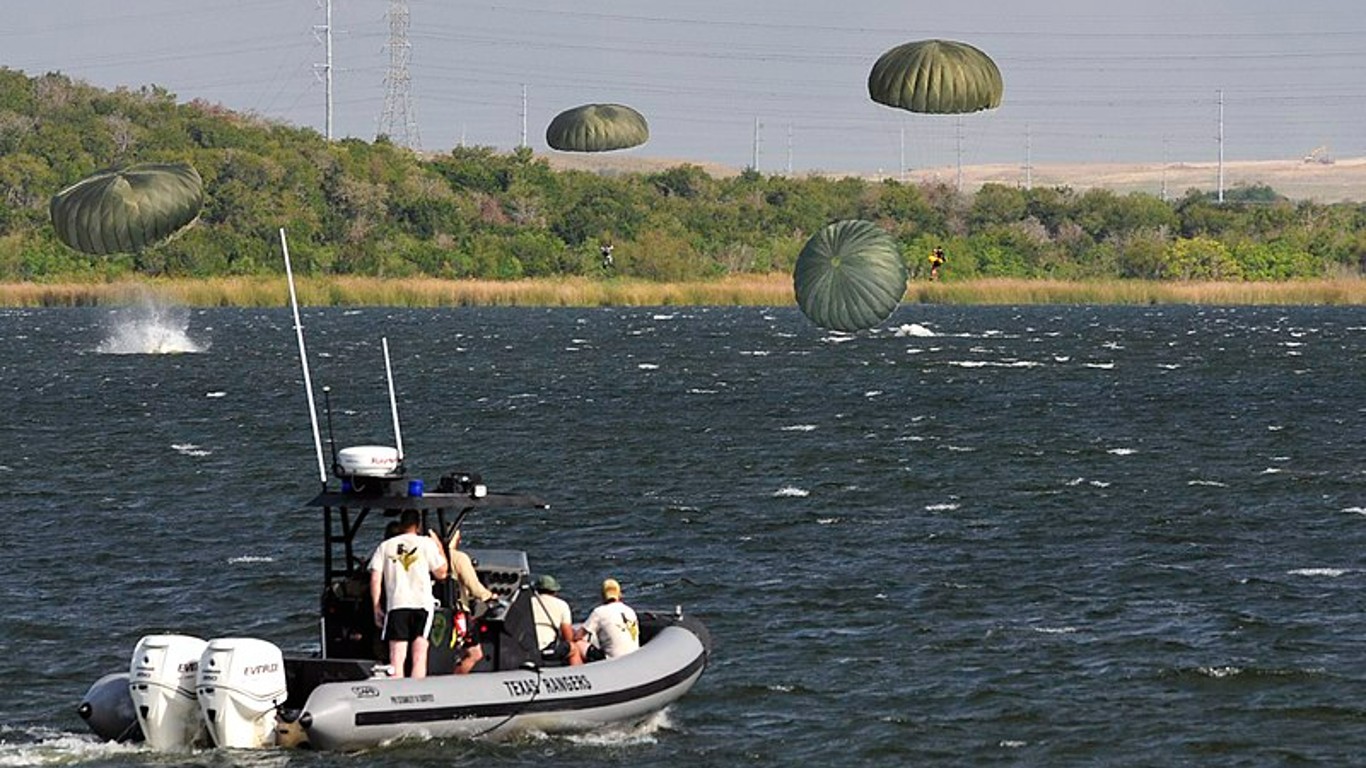
26. Walter E. Long Park, Austin, Texas
> Acres: 3,037
> Park agency: Austin Parks and Recreation Department
[in-text-ad]
25. Warner Parks, Nashville, Tennessee
> Acres: 3,105
> Park agency: Nashville/Davidson Metropolitan Board of Parks and Recreation
24. Trinity River Greenbelt, Dallas, Texas
> Acres: 3,150
> Park agency: Dallas Park and Recreation Department
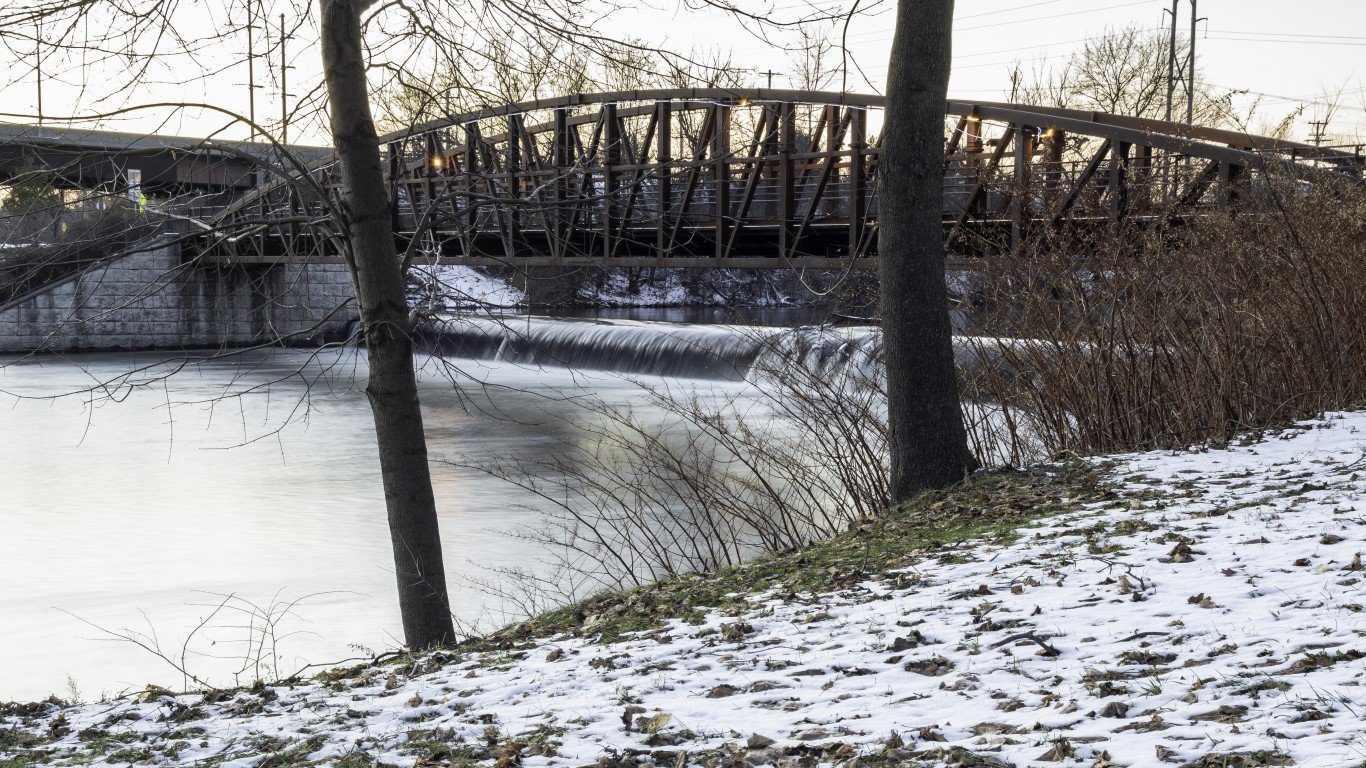
23. Mohawk Park, Tulsa, Oklahoma
> Acres: 3,170
> Park agency: City of Tulsa Park & Recreation Department
[in-text-ad-2]
22. Fort Worth Nature Center & Refuge, Fort Worth, Texas
> Acres: 3,633
> Park agency: Fort Worth Park & Recreation Department
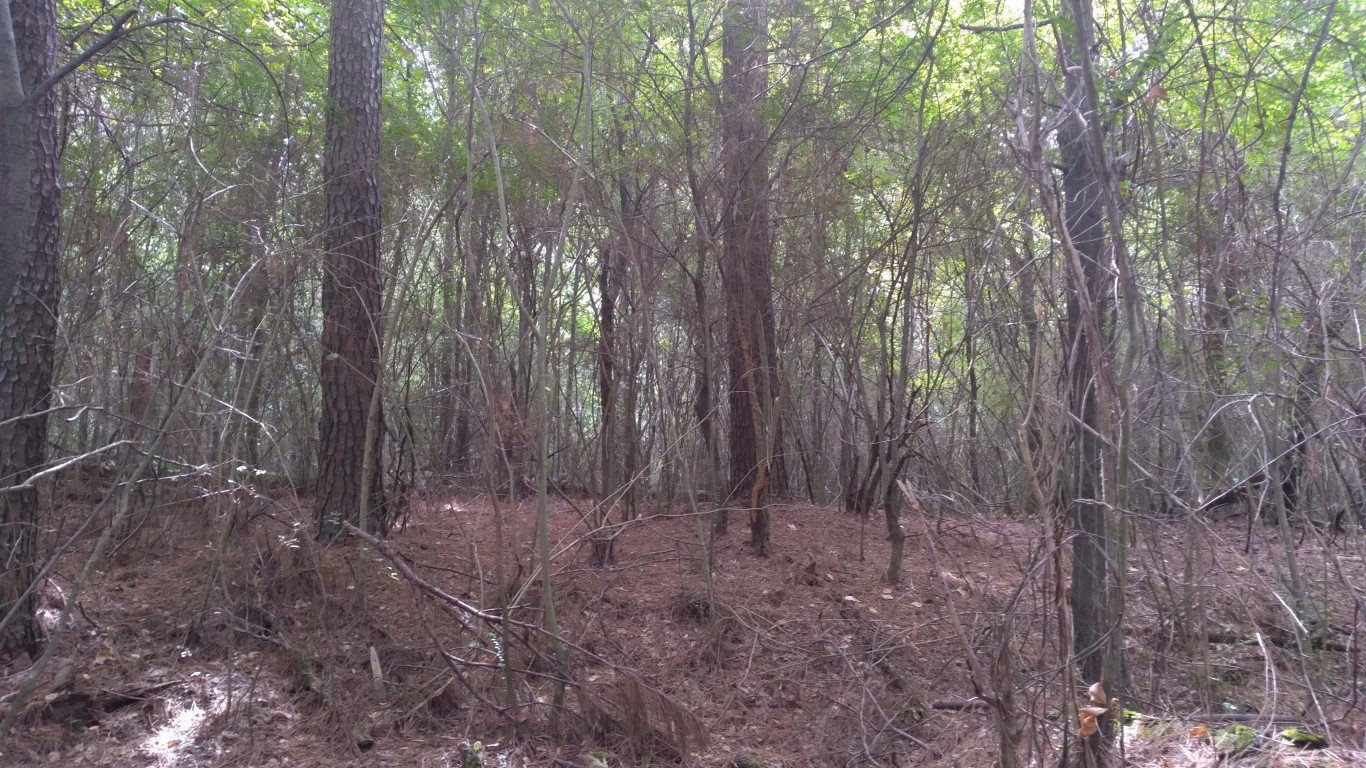
21. Shelby Farms Park, Memphis, Tennessee
> Acres: 4,500
> Park agency: Shelby Farms Park Conservancy
[in-text-ad]
20. Shooting Range West Mesa Grasslands, Albuquerque, New Mexico
> Acres: 4,596
> Park agency: Albuquerque Parks and Recreation Department
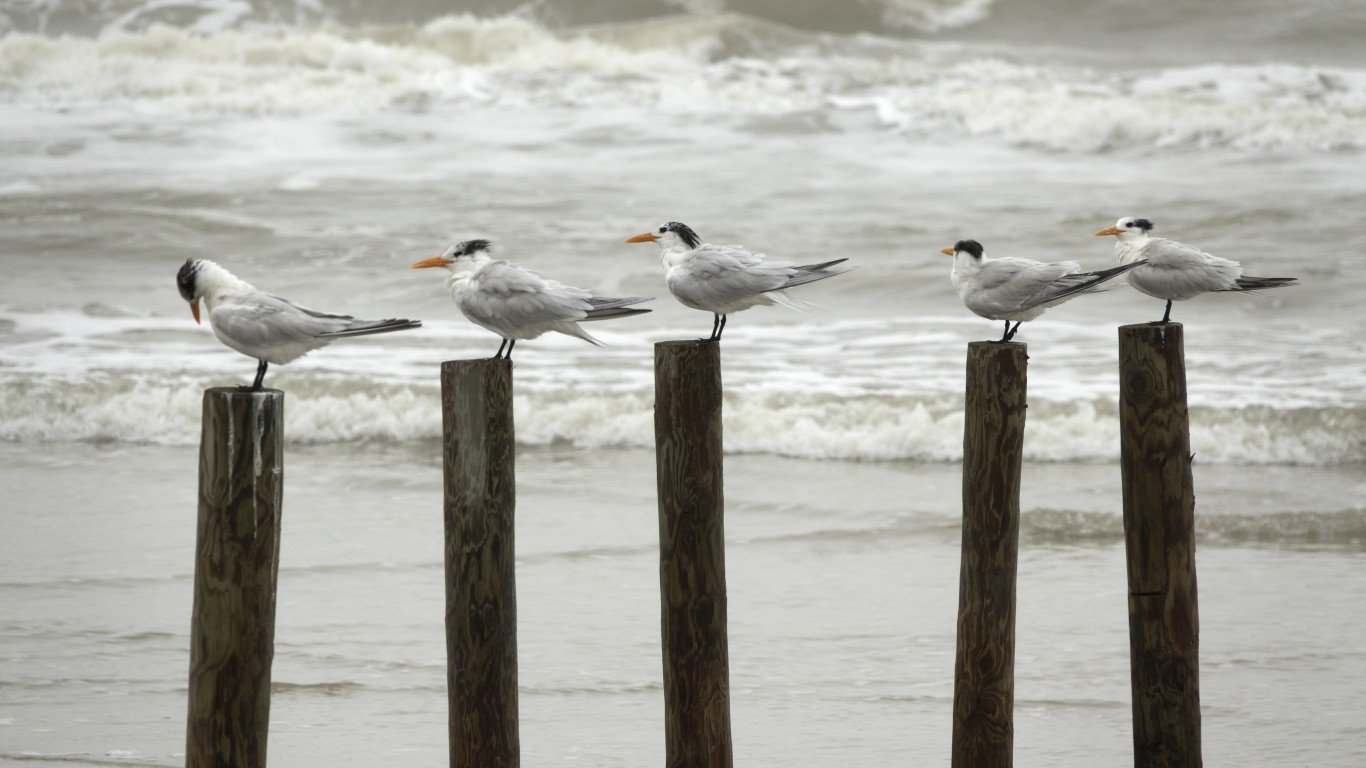
19. Mustang Island State Park, Corpus Christi, Texas
> Acres: 4,683
> Park agency: Texas Parks and Wildlife Department (within Corpus Christi)
18. Forest Park, Portland, Oregon
> Acres: 5,188
> Park agency: Portland Parks & Recreation
[in-text-ad-2]
17. Rancho Canada Del Oro, San Jose, California
> Acres: 5,305
> Park agency: Santa Clara Valley Open Space Authority
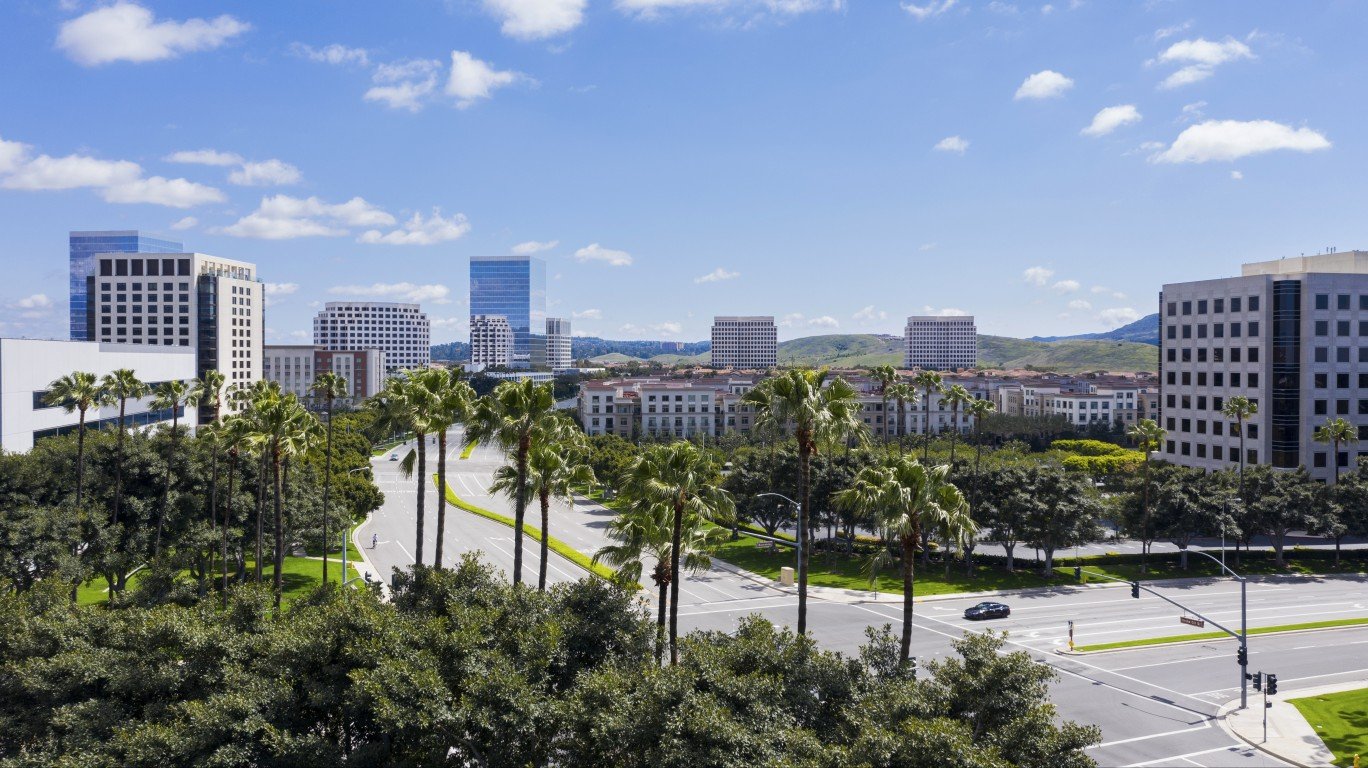
16. Irvine Open Space Preserve, Irvine, California
> Acres: 6,554
> Park agency: City of Irvine Community Services Department
[in-text-ad]
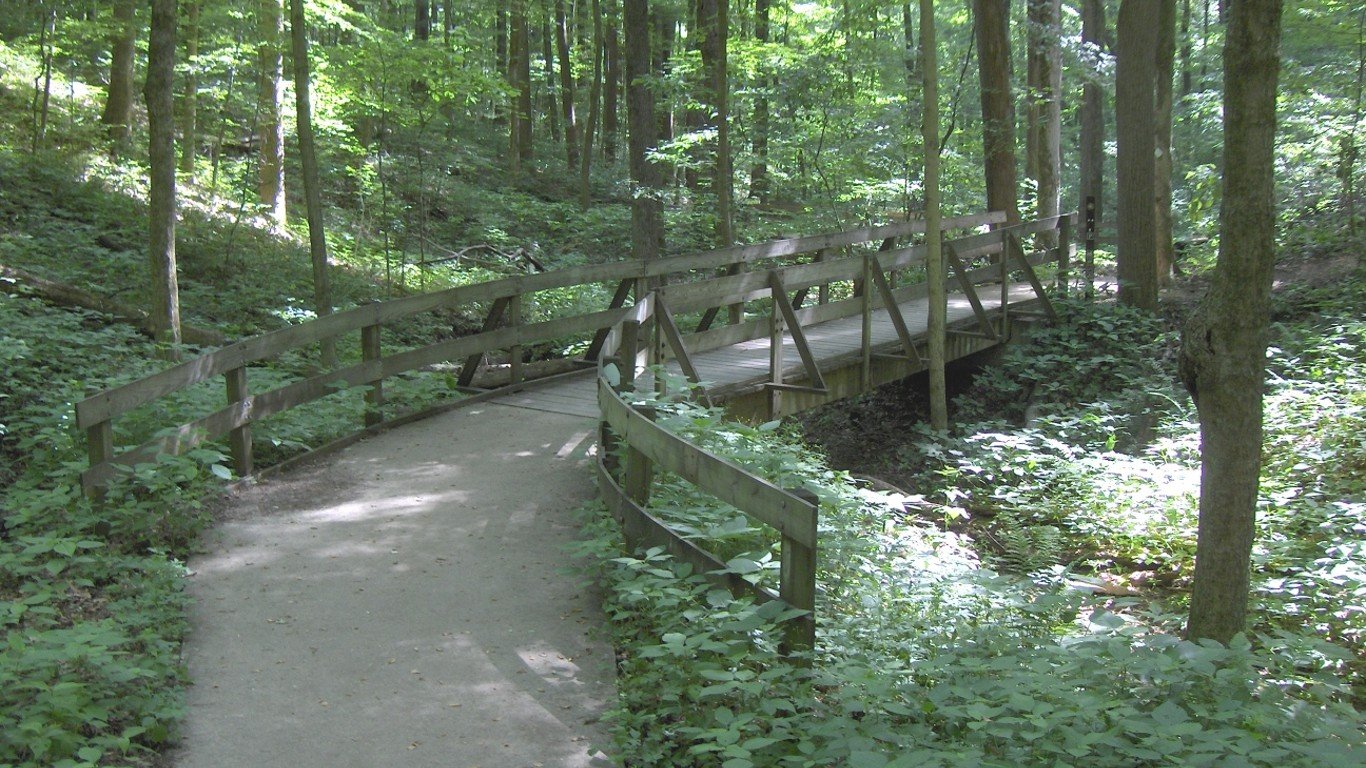
15. Jefferson Memorial Forest, Louisville, Kentucky
> Acres: 6,800
> Park agency: Louisville Parks and Recreation
14. Mission Trails Regional Park, San Diego, California
> Acres: 7,300
> Park agency: City of San Diego Parks and Recreation Department
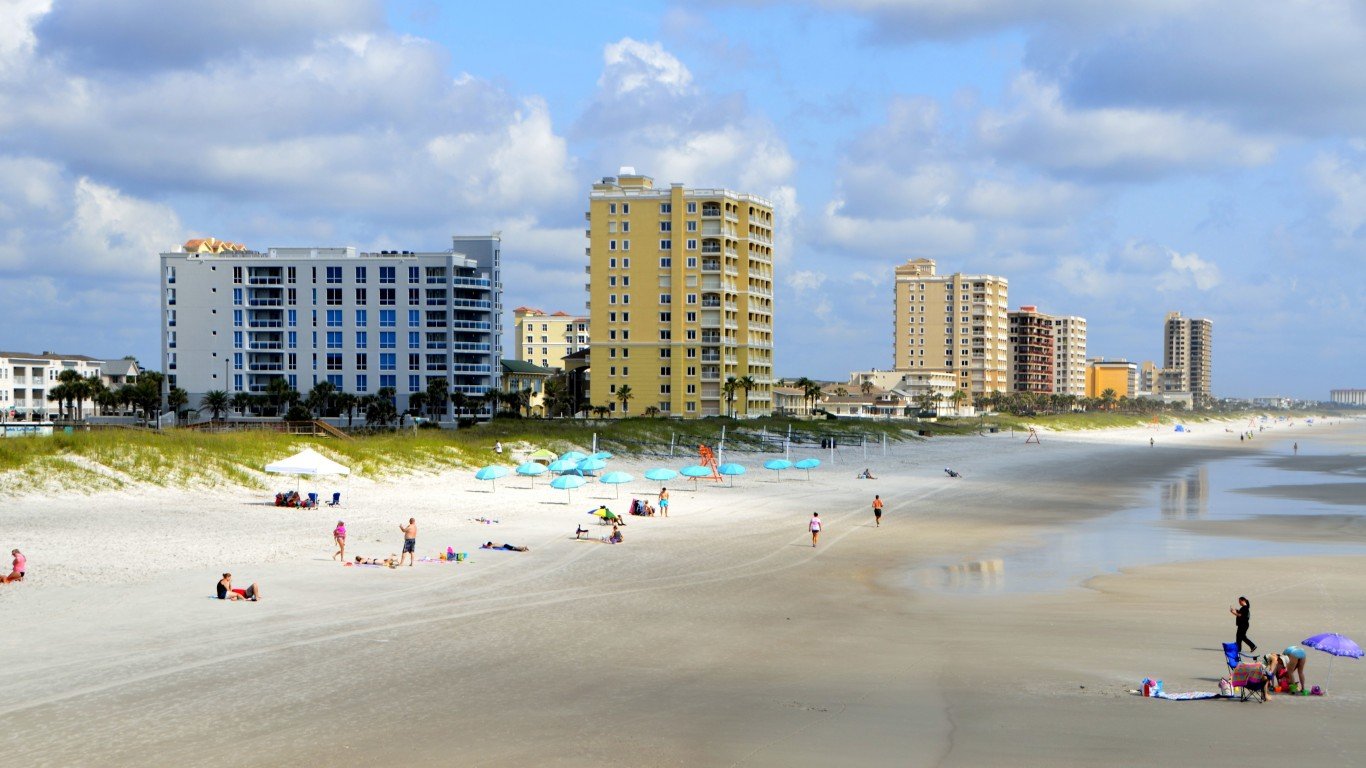
13. Cary State Forest, Jacksonville, Florida
> Acres: 8,322
> Park agency: Florida Forest Service (within Jacksonville)
[in-text-ad-2]
12. Back Bay National Wildlife Refuge, Virginia Beach, Virginia
> Acres: 9,194
> Park agency: Back Bay National Wildlife Refuge (within Virginia Beach)
11. Ohlone Wilderness Regional Preserve, Oakland, California
> Acres: 9,736
> Park agency: East Bay Regional Park District (within Oakland)
[in-text-ad]
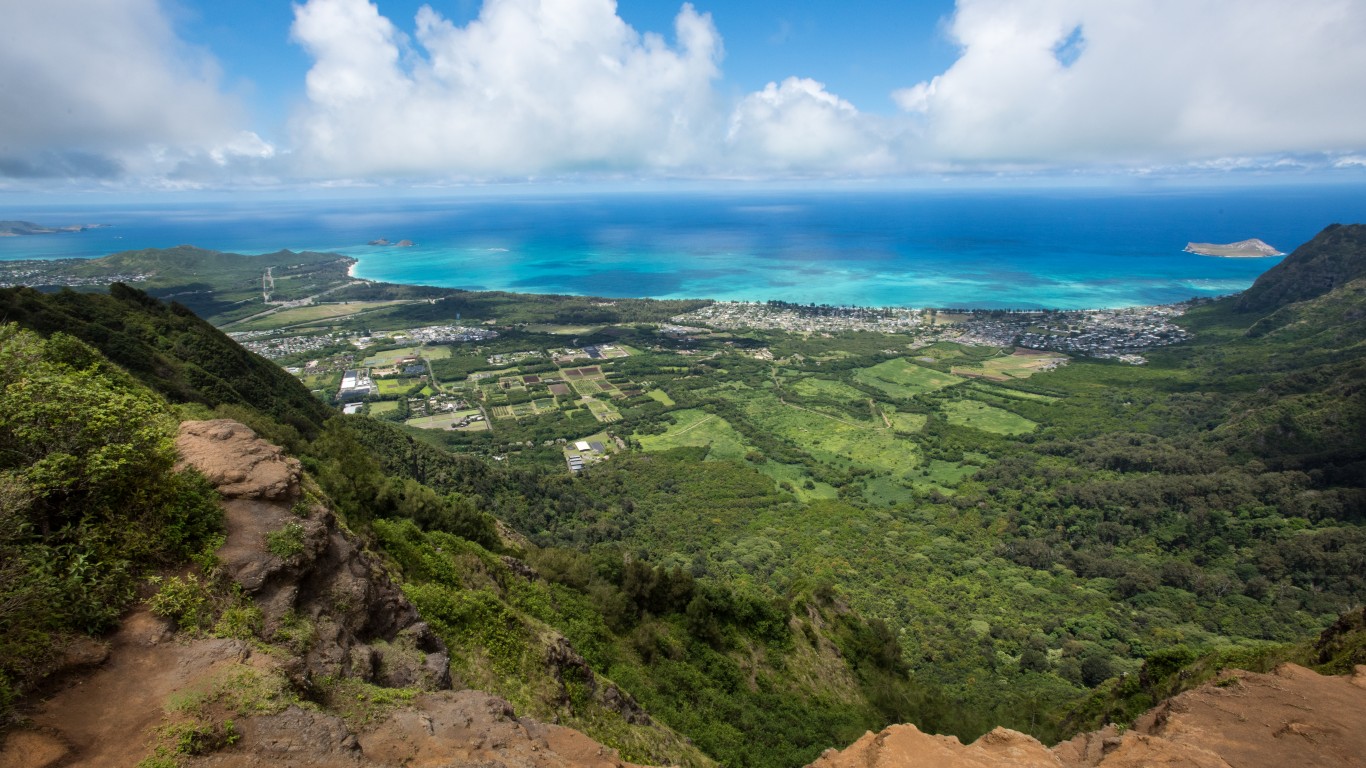
10. Honolulu Watershed Forest Reserve, Honolulu, Hawaii
> Acres: 9,951
> Park agency: Hawaii Division of Forestry and Wildlife (within Urban Honolulu)
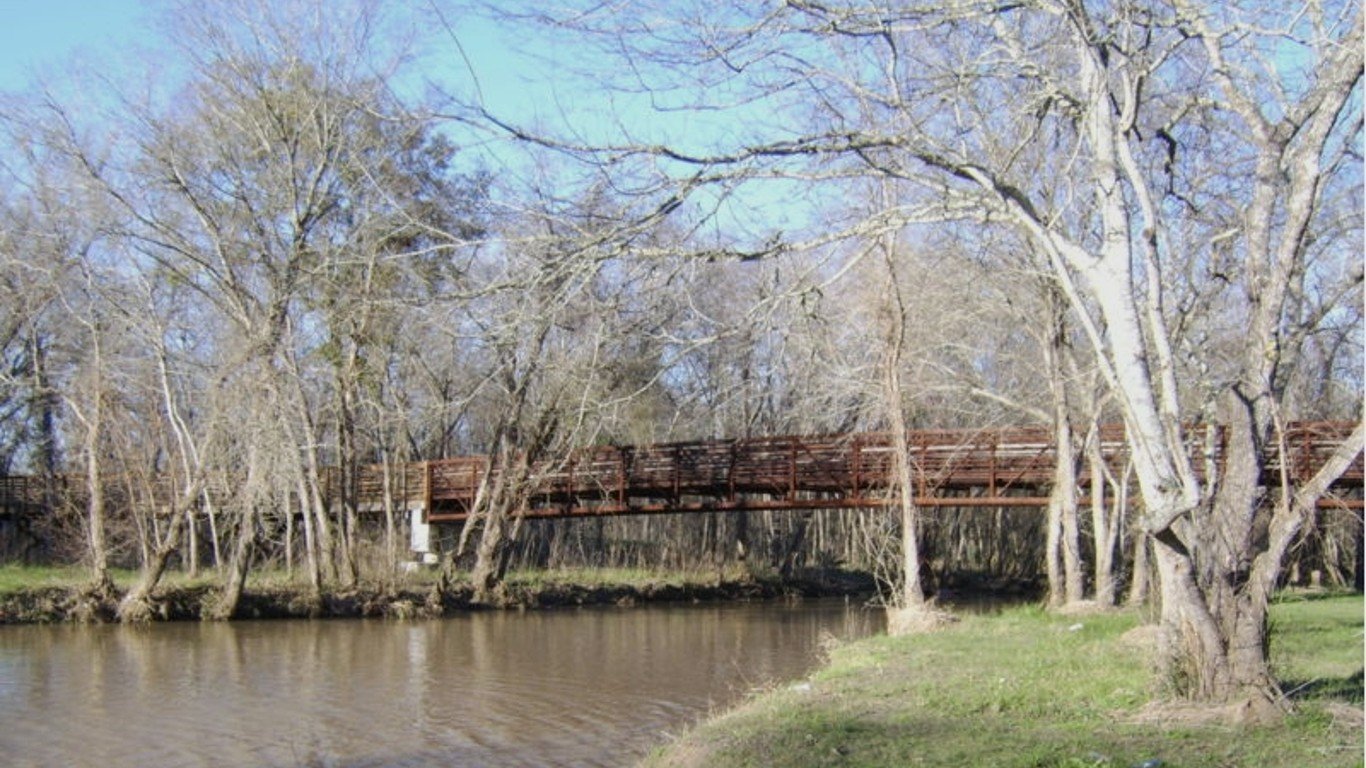
9. Cullen Park, Houston, Texas
> Acres: 10,488
> Park agency: Houston Parks and Recreation Department
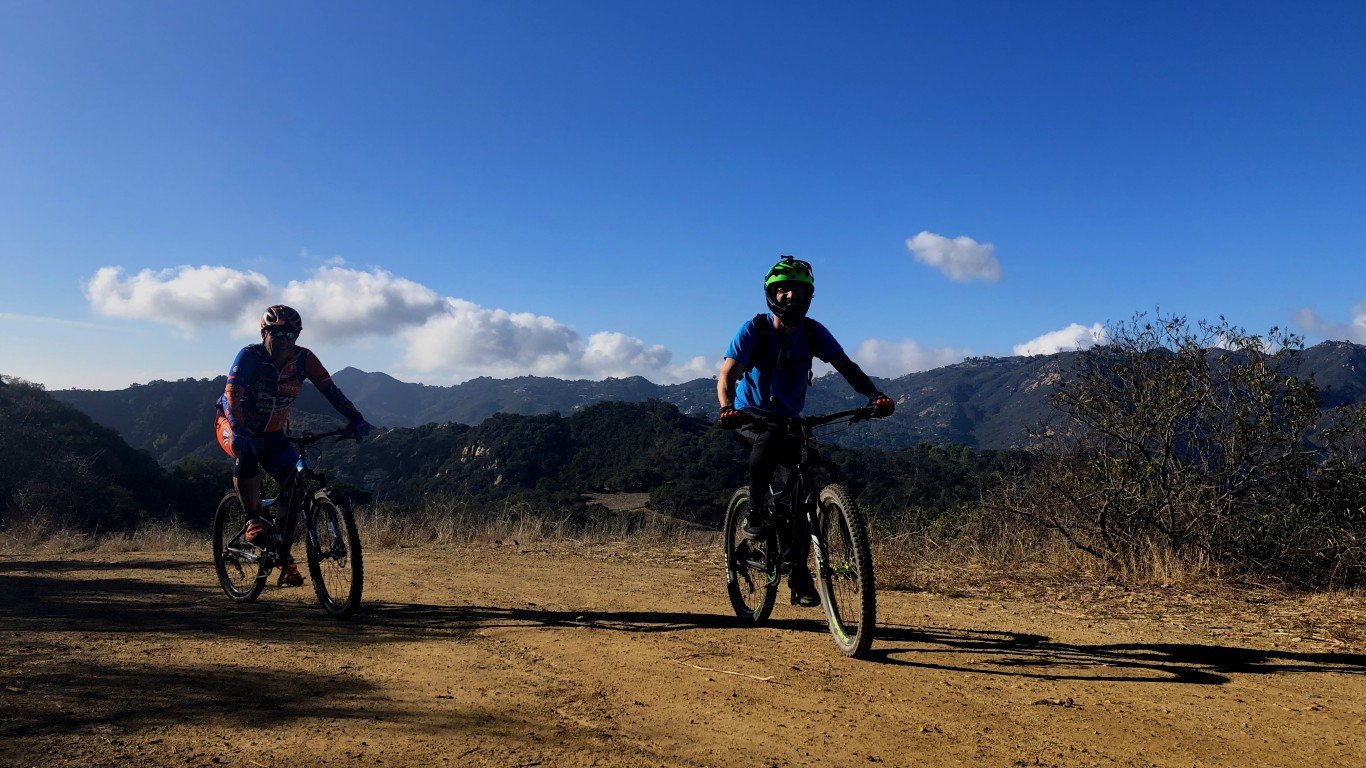
8. Topanga State Park, Los Angeles, California
> Acres: 11,501
> Park agency: California Department of Parks and Recreation (within Los Angeles)
[in-text-ad-2]
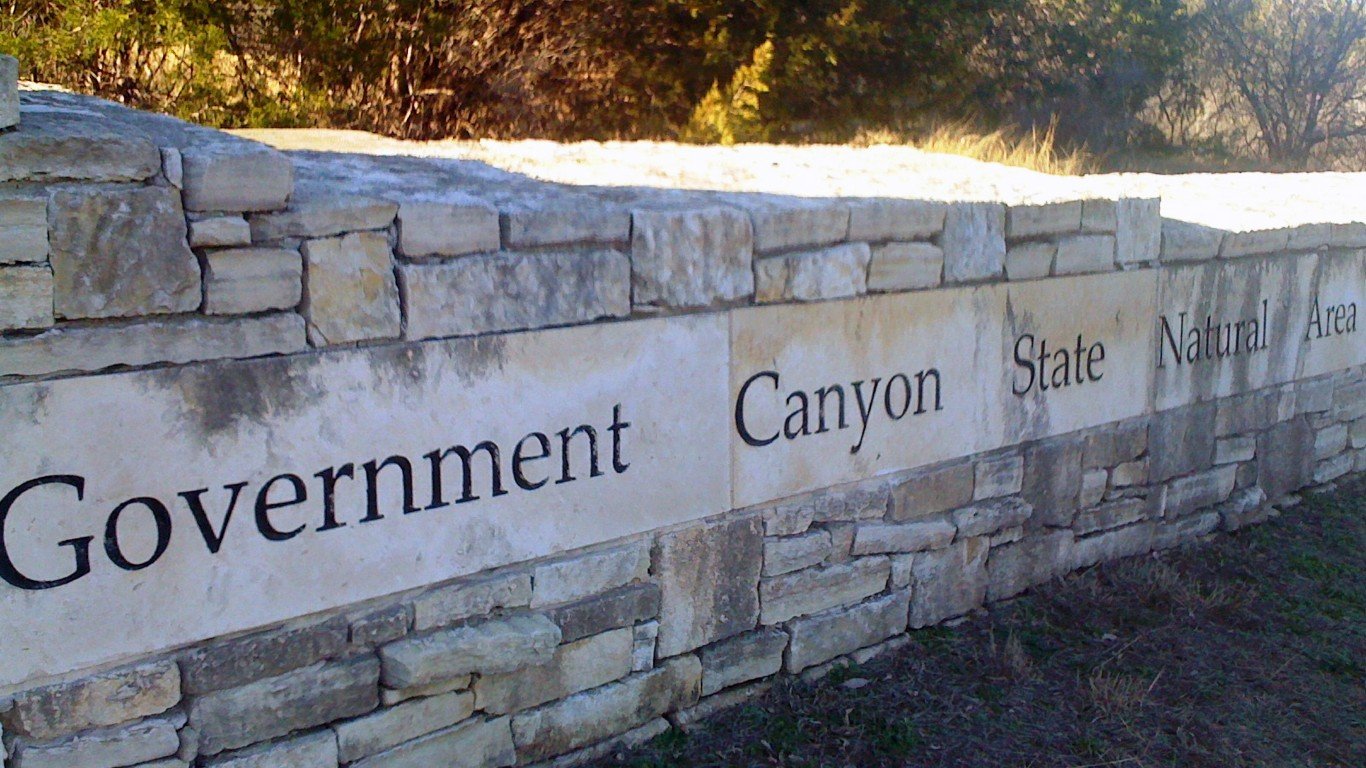
7. Government Canyon State Natural Area, San Antonio, Texas
> Acres: 12,360
> Park agency: Texas Parks and Wildlife Department (San Antonio)
6. South Mountain Park and Preserve, Phoenix, Arizona
> Acres: 16,094
> Park agency: City of Phoenix Parks and Recreation Department
[in-text-ad]
5. Bayou Sauvage National Wildlife Refuge, New Orleans, Louisiana
> Acres: 25,339
> Park agency: Bayou Sauvage National Wildlife Refuge (within New Orleans)
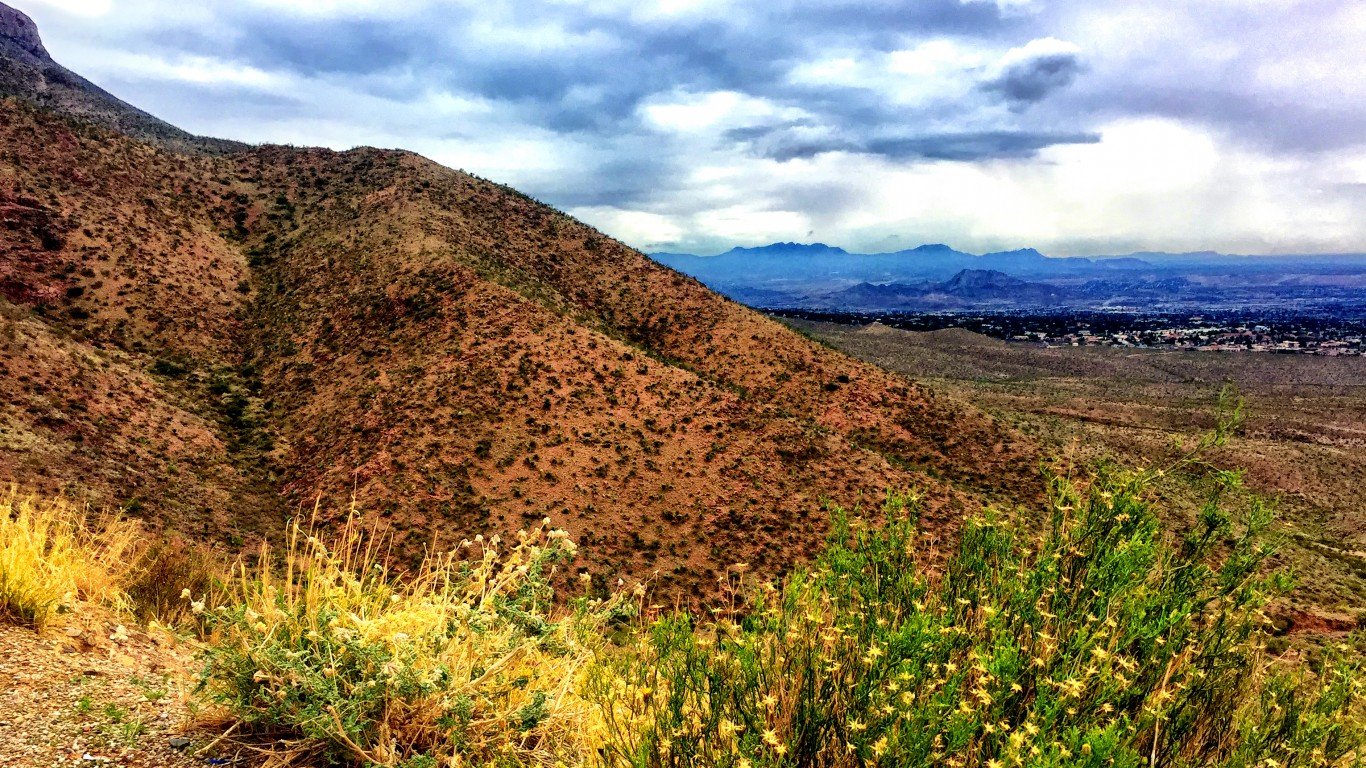
4. Franklin Mountains State Park, El Paso, Texas
> Acres: 29,547
> Park agency: Texas Parks and Wildlife Department (within El Paso)
3. McDowell Sonoran Preserve, Scottsdale, Arizona
> Acres: 30,500
> Park agency: Scottsdale Parks and Recreation Division
[in-text-ad-2]
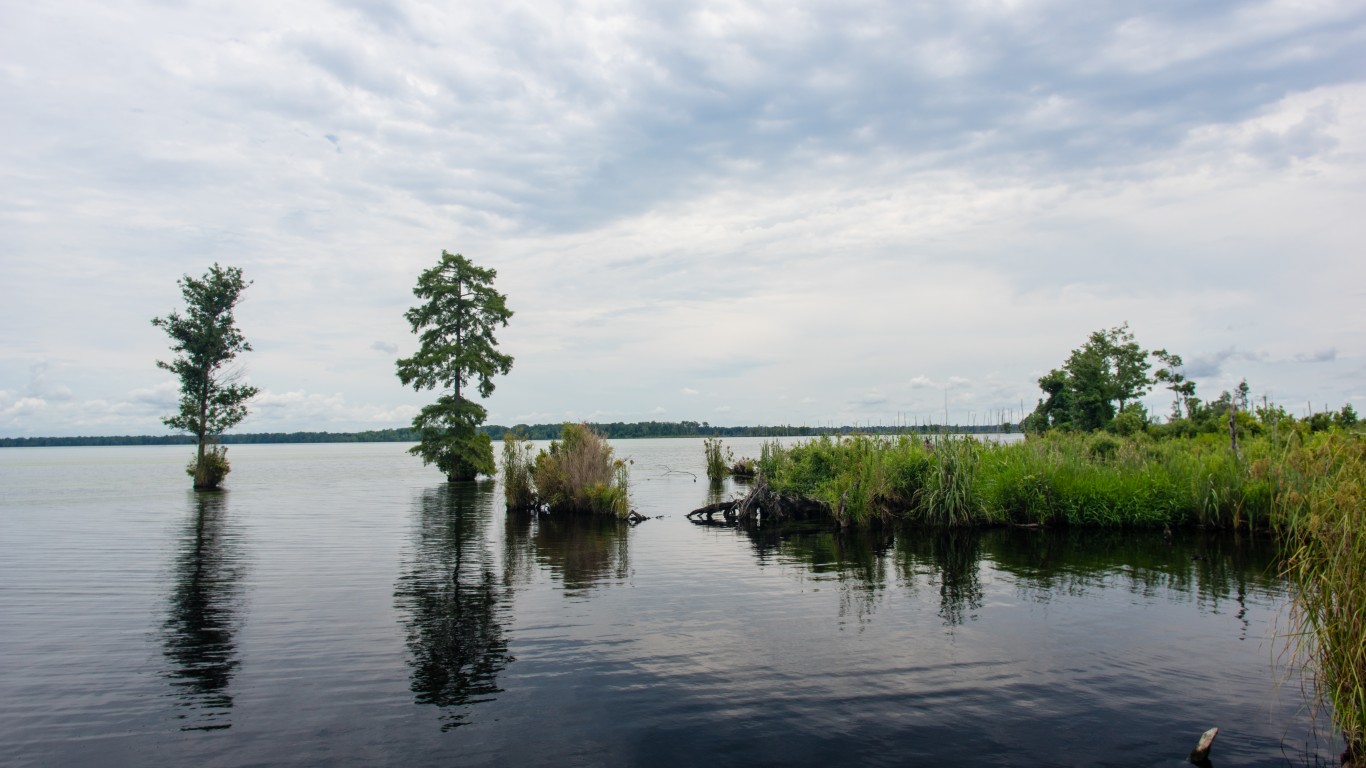
2. Great Dismal Swamp National Wildlife Refuge, Chesapeake, Virginia
> Acres: 113,000
> Park agency: Great Dismal Swamp National Wildlife Refuge (within Chesapeake)
1. Chugach State Park, Anchorage, Alaska
> Acres: 464,318
> Park agency: Chugach State Park (within Anchorage)
Take This Retirement Quiz To Get Matched With A Financial Advisor (Sponsored)
Take the quiz below to get matched with a financial advisor today.
Each advisor has been vetted by SmartAsset and is held to a fiduciary standard to act in your best interests.
Here’s how it works:
1. Answer SmartAsset advisor match quiz
2. Review your pre-screened matches at your leisure. Check out the
advisors’ profiles.
3. Speak with advisors at no cost to you. Have an introductory call on the phone or introduction in person and choose whom to work with in the future
Take the retirement quiz right here.
Thank you for reading! Have some feedback for us?
Contact the 24/7 Wall St. editorial team.
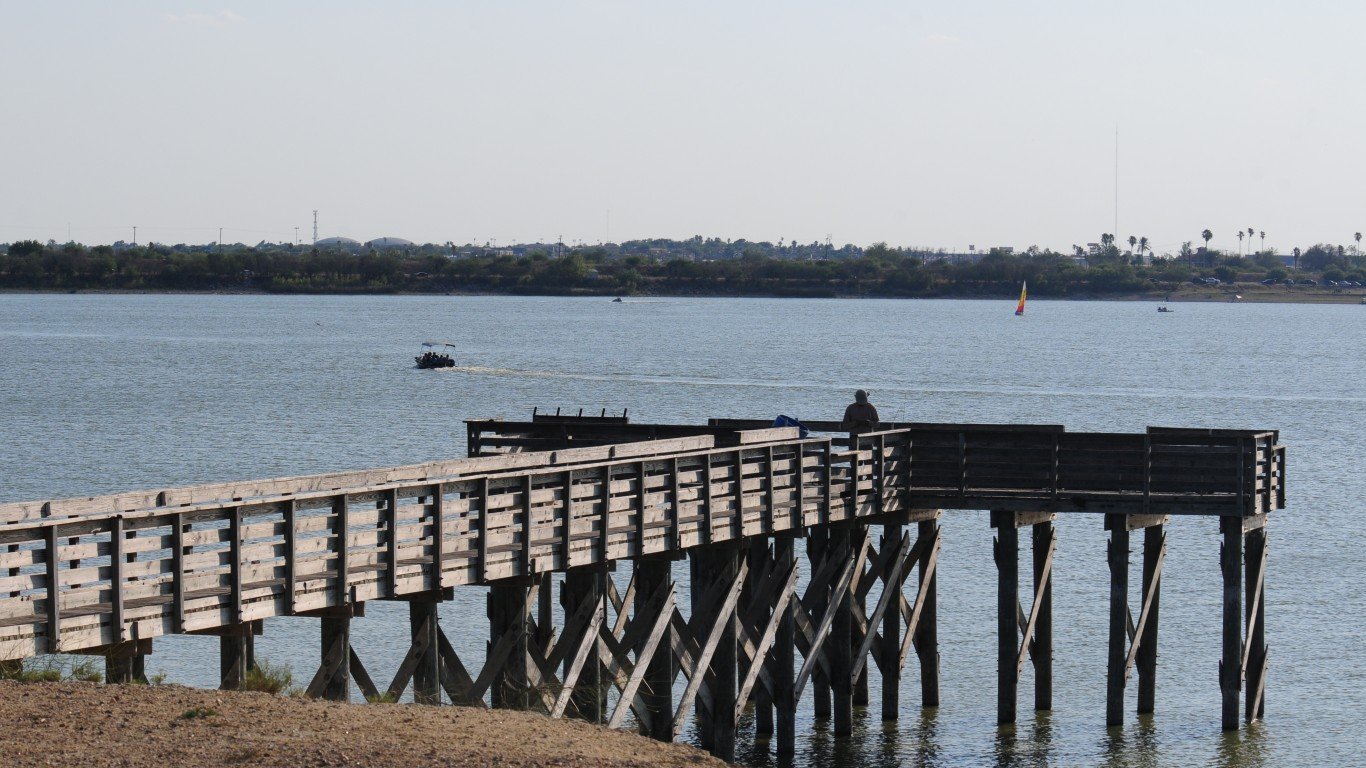
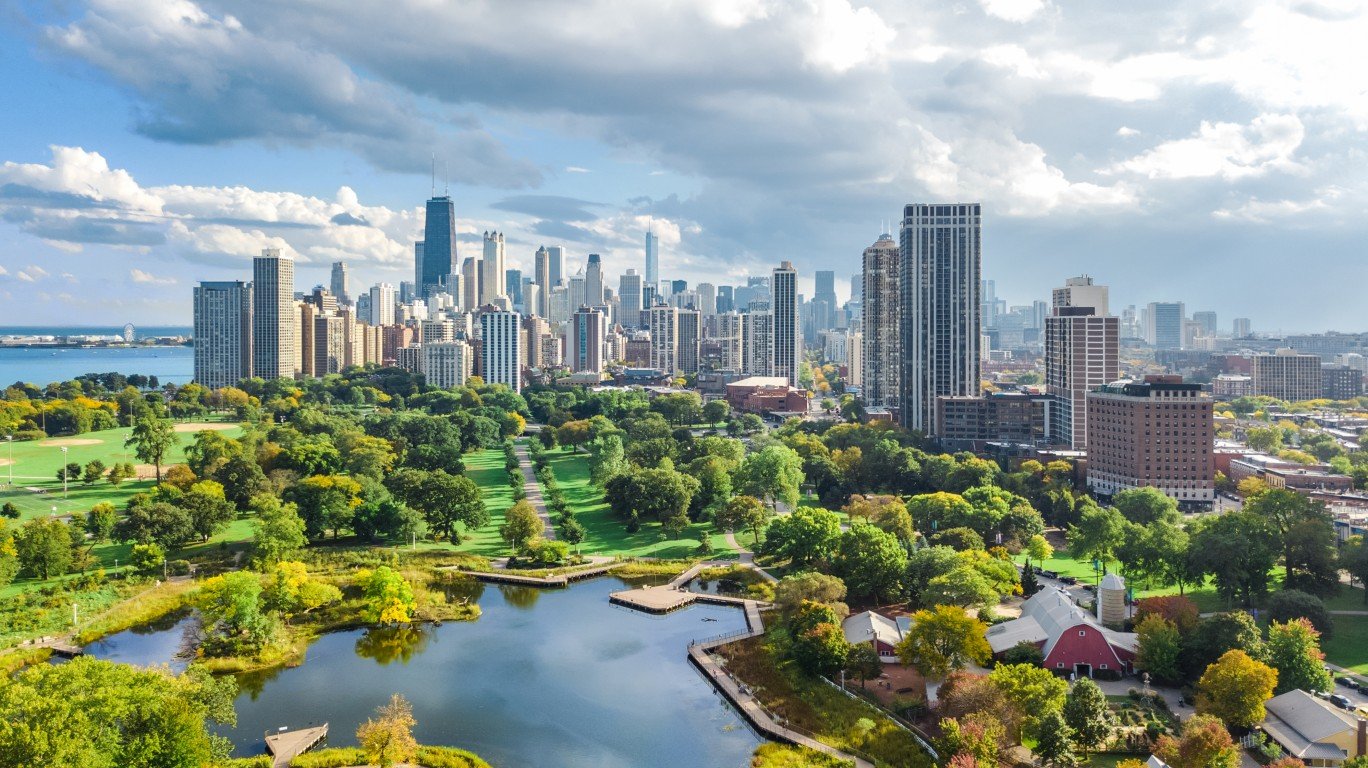 24/7 Wall St.
24/7 Wall St.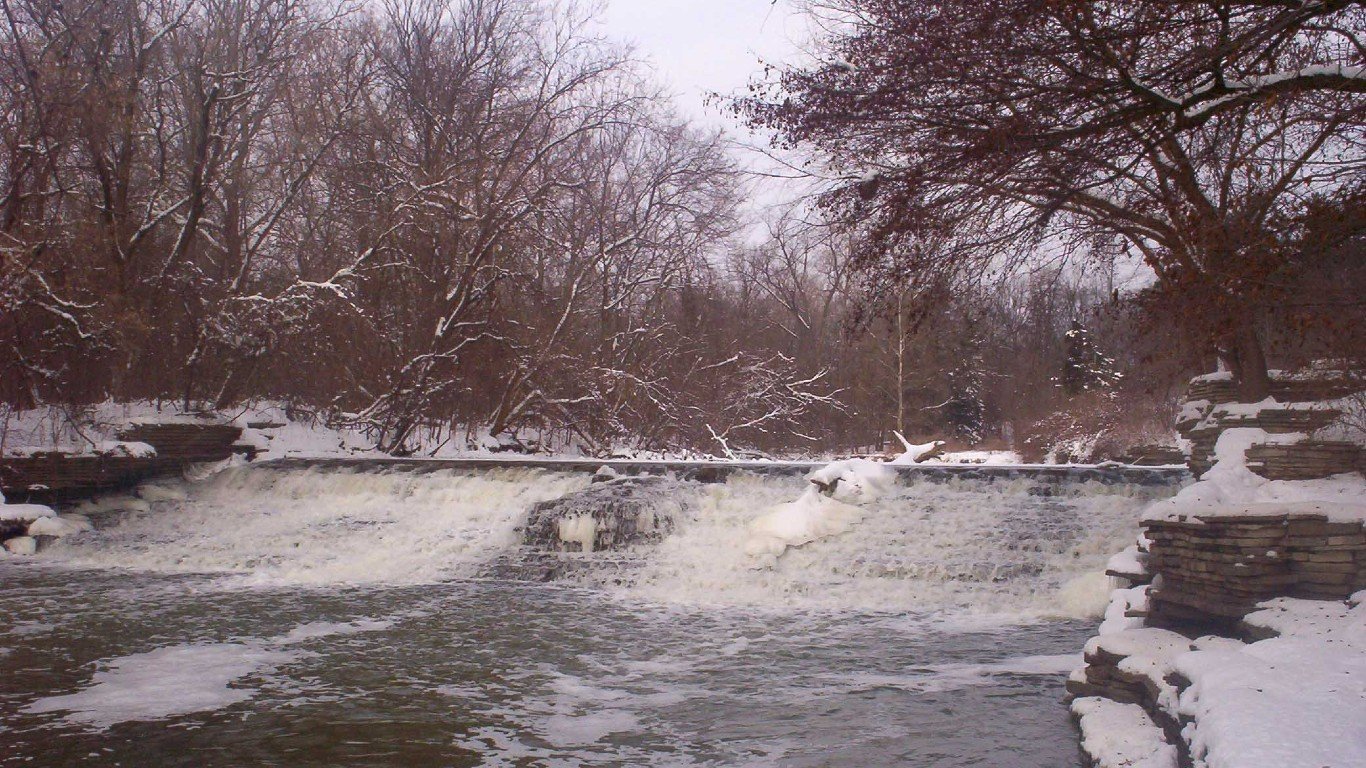
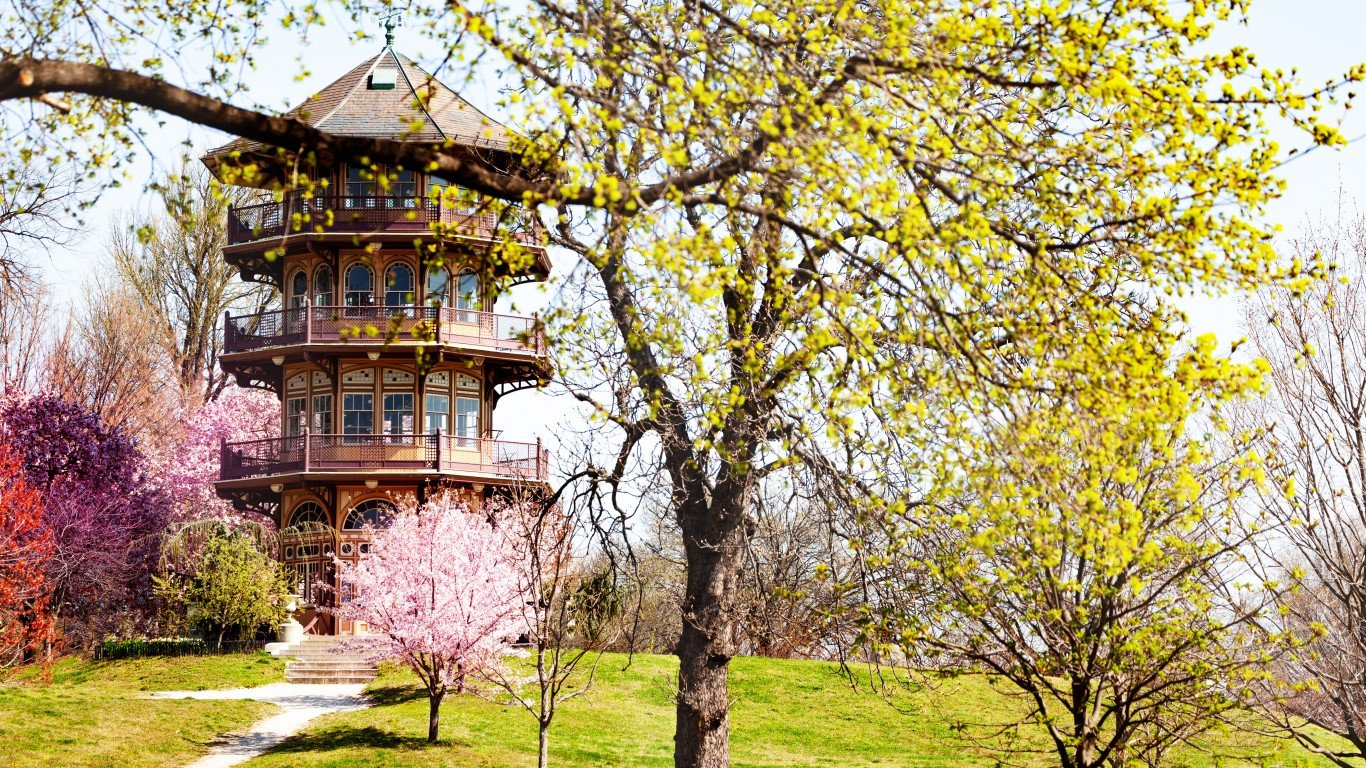 24/7 Wall St.
24/7 Wall St.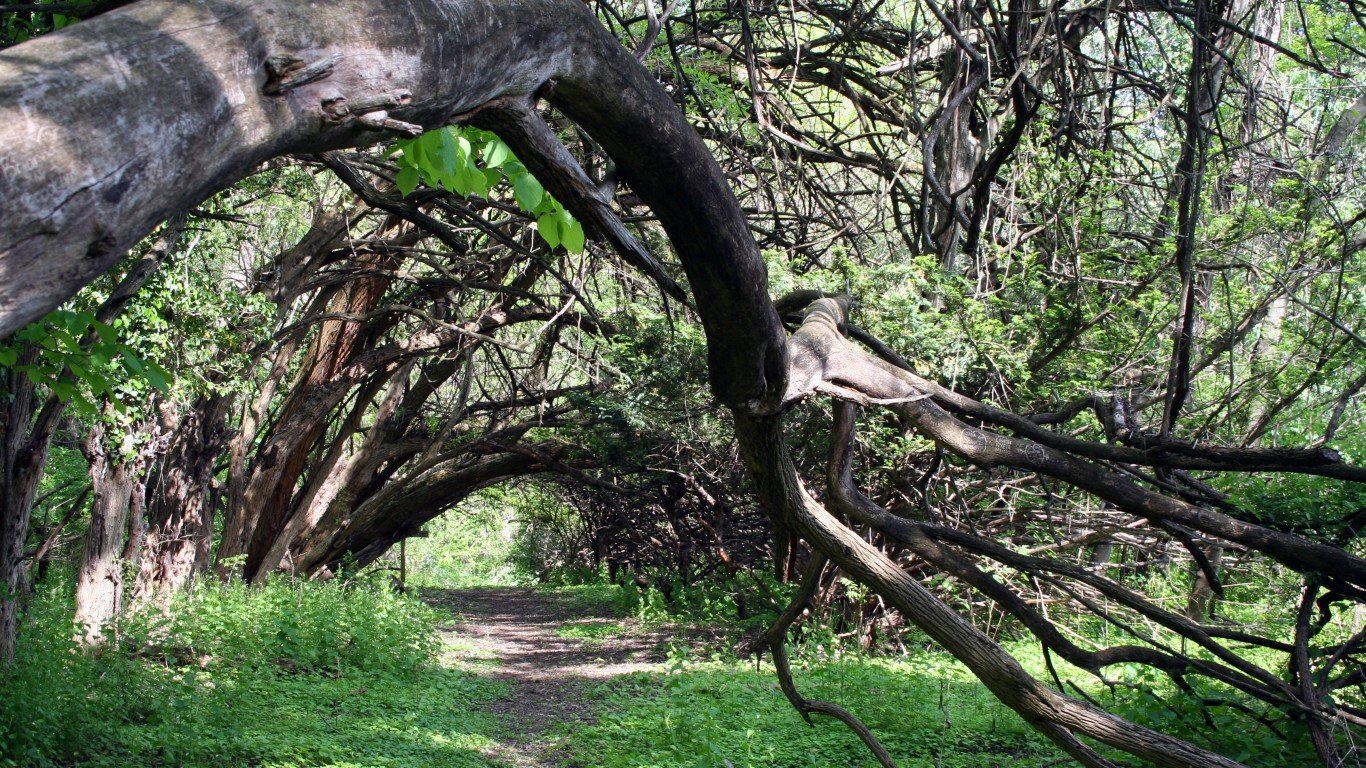
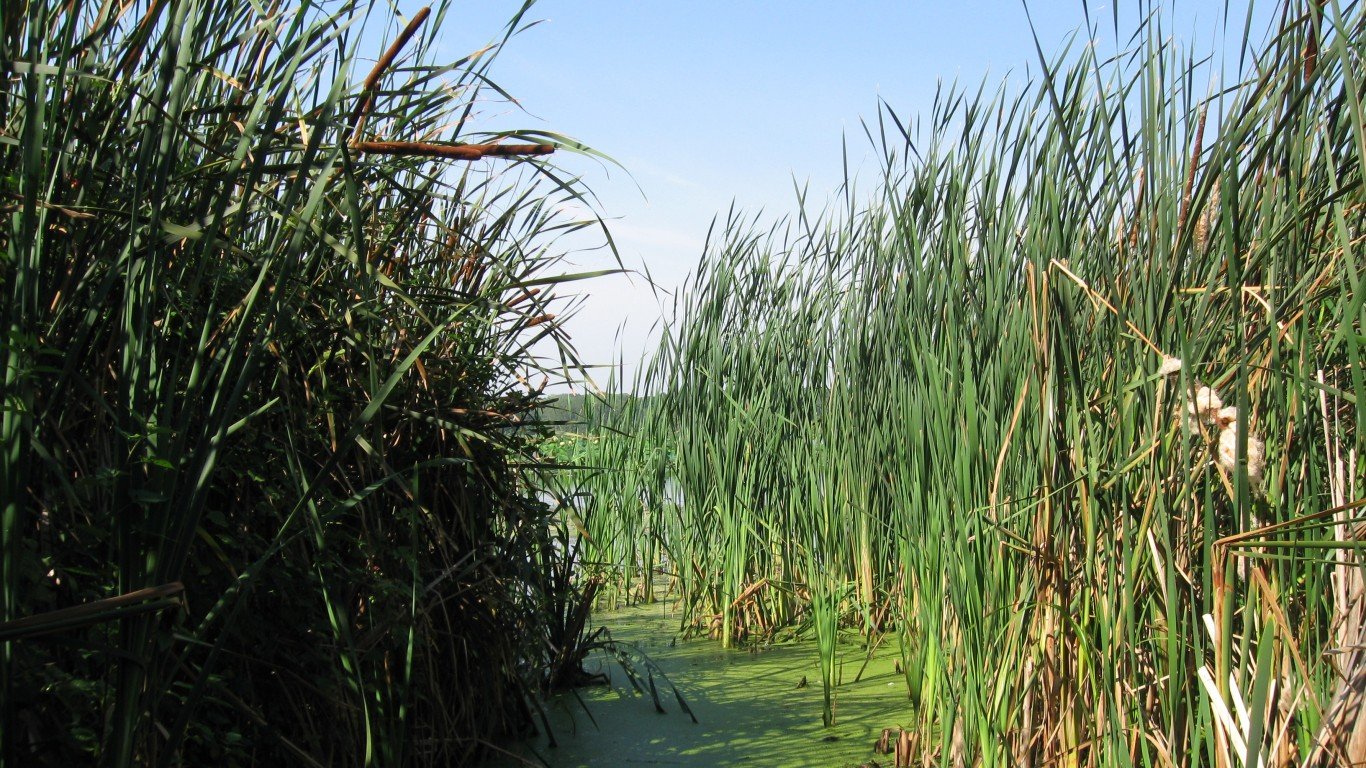
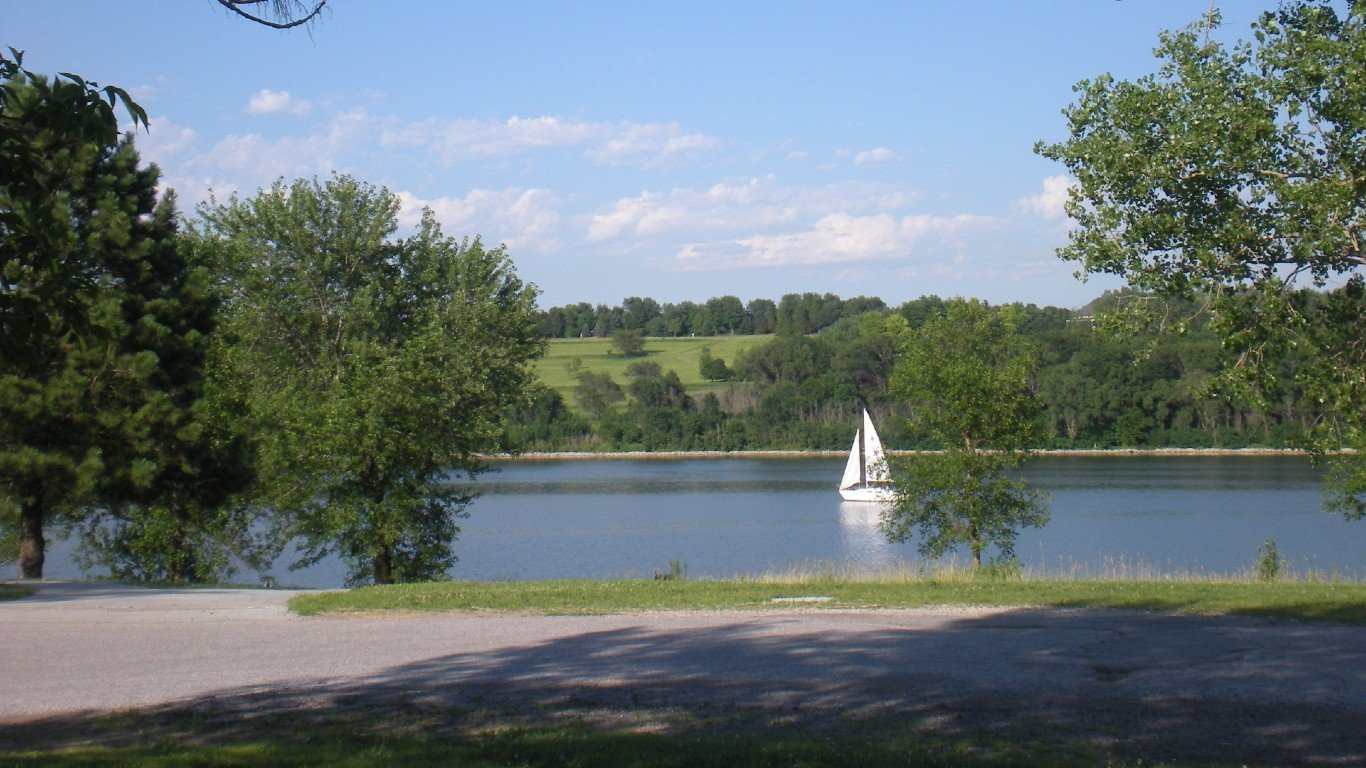
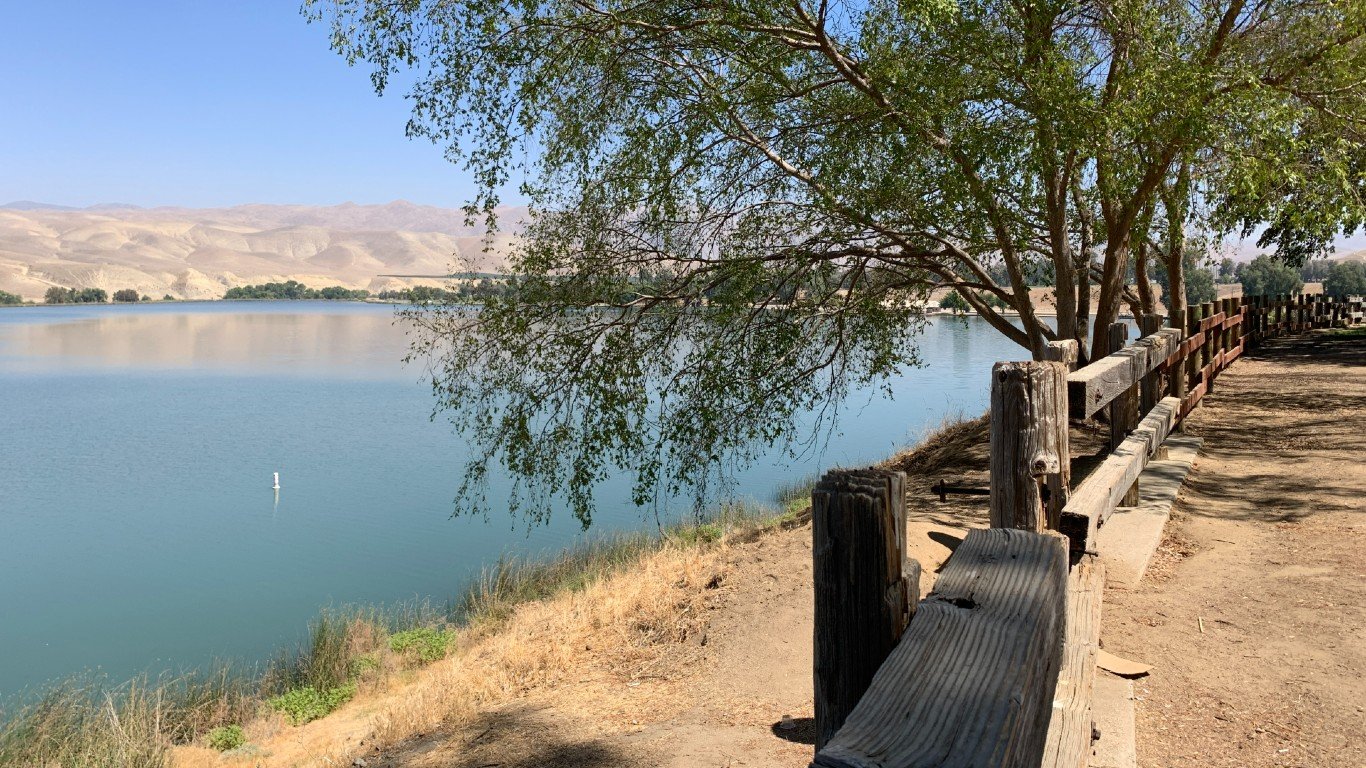
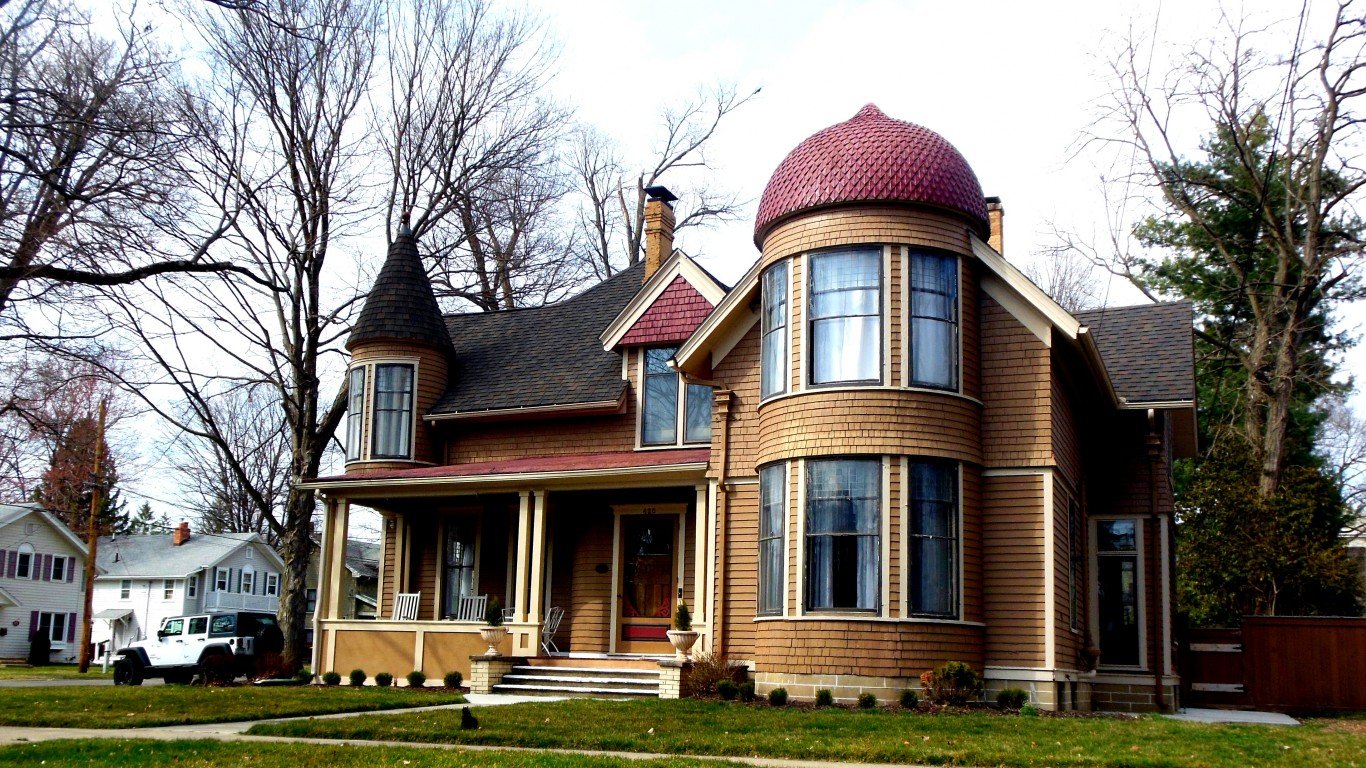 24/7 Wall St.
24/7 Wall St.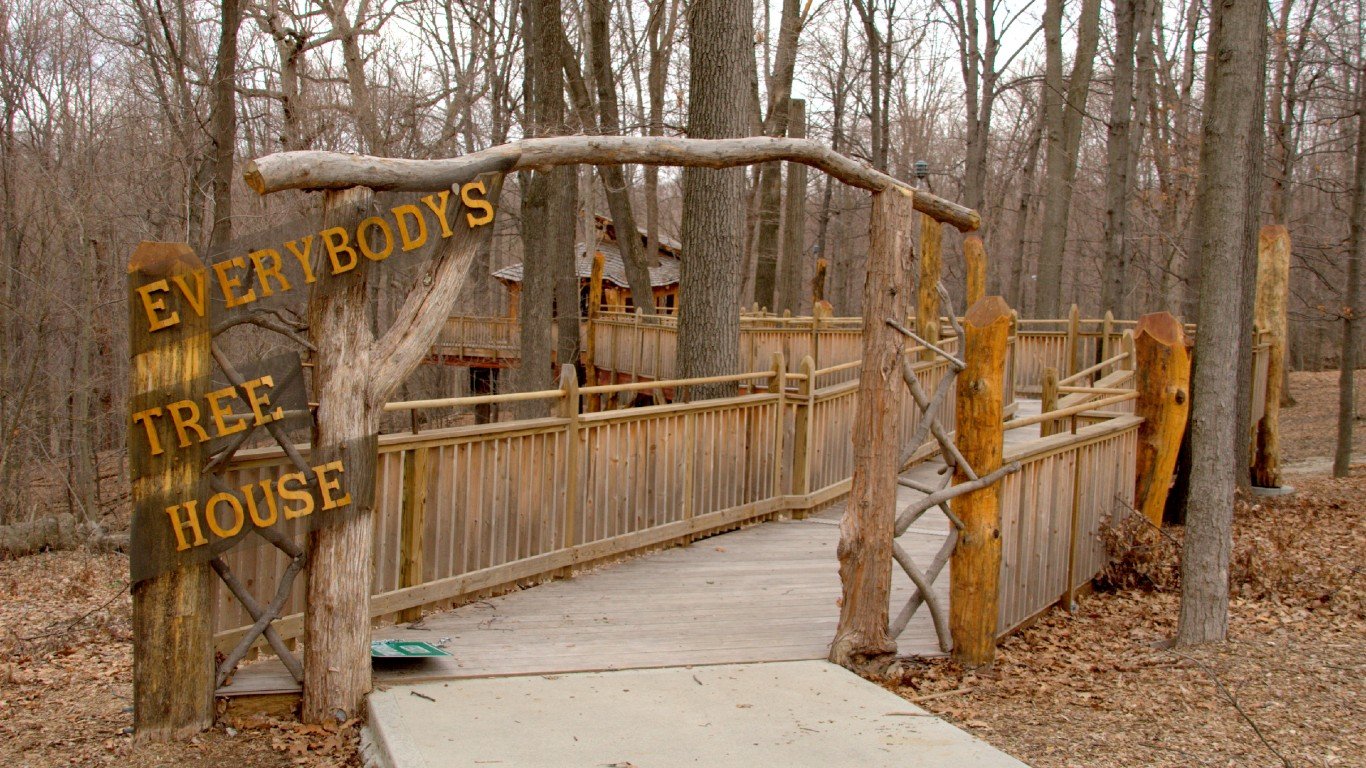
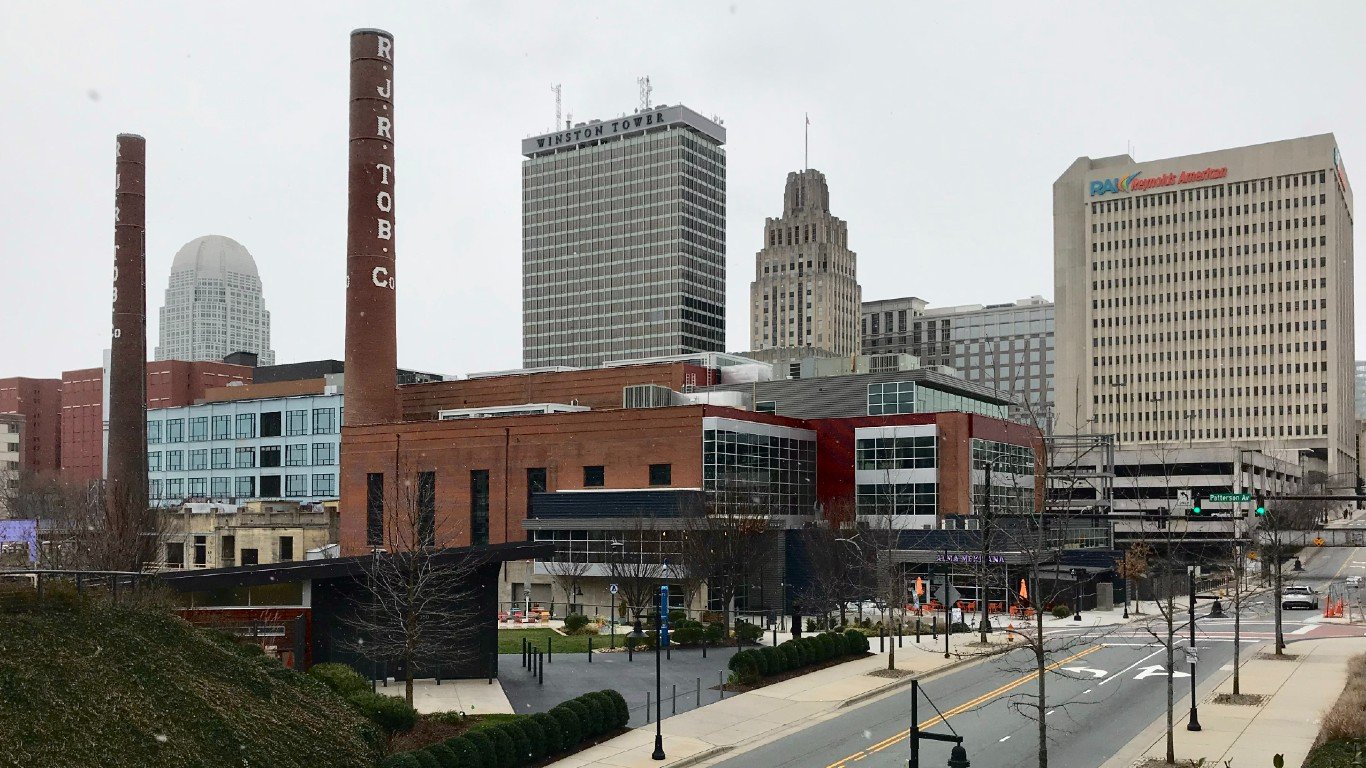
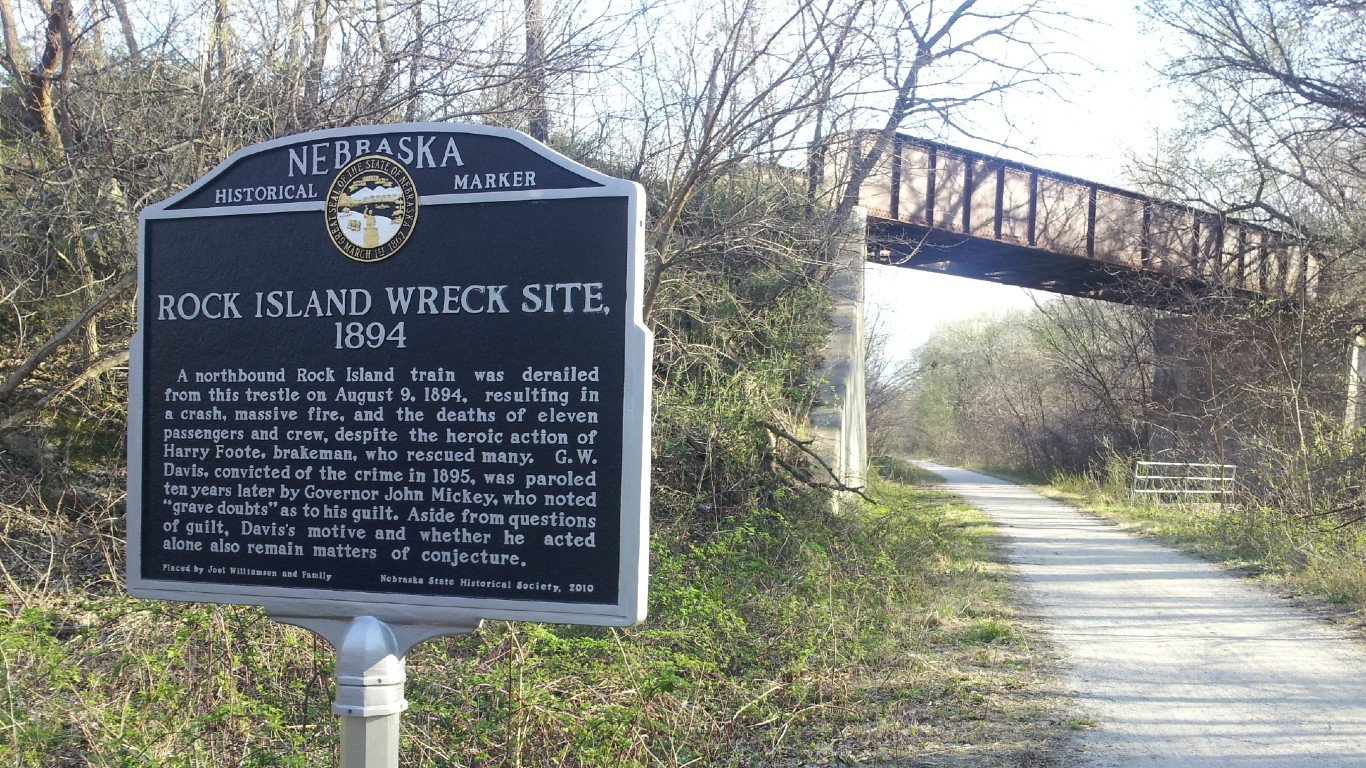
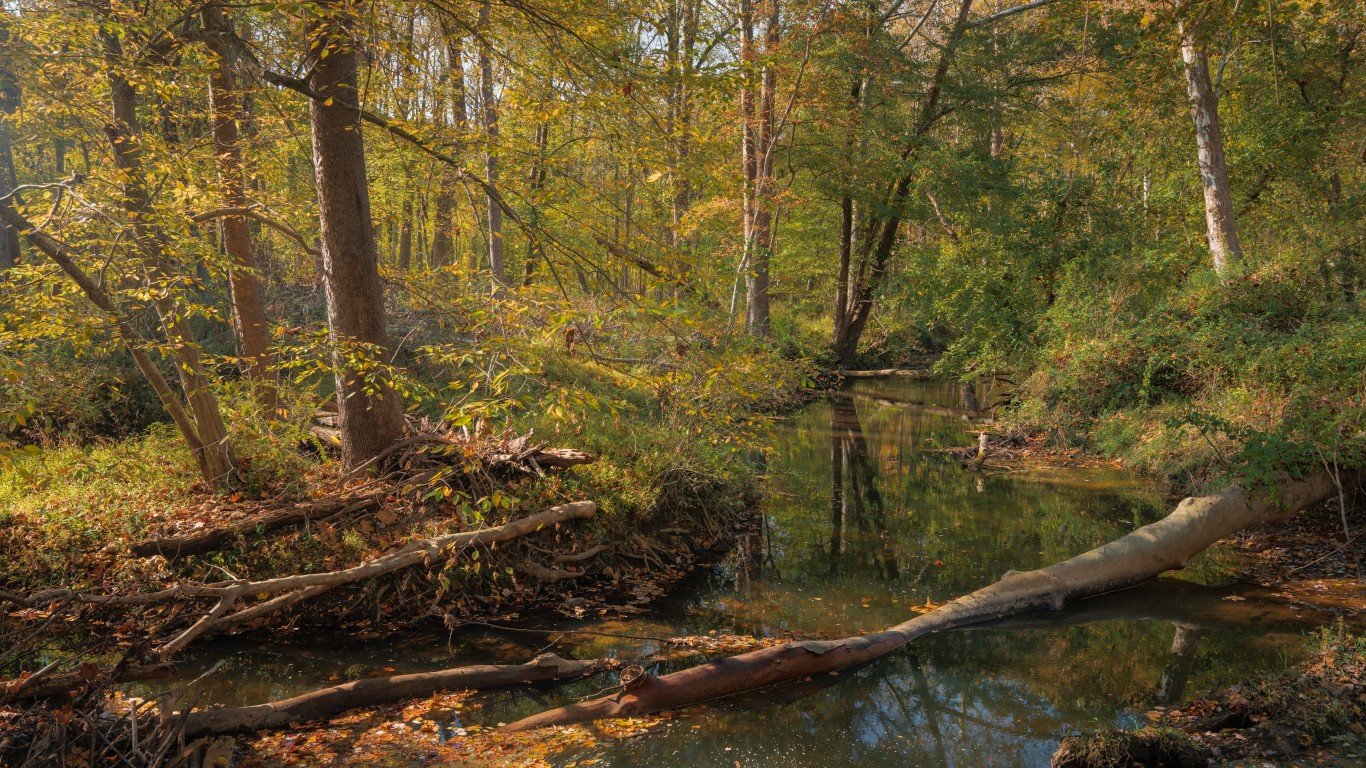
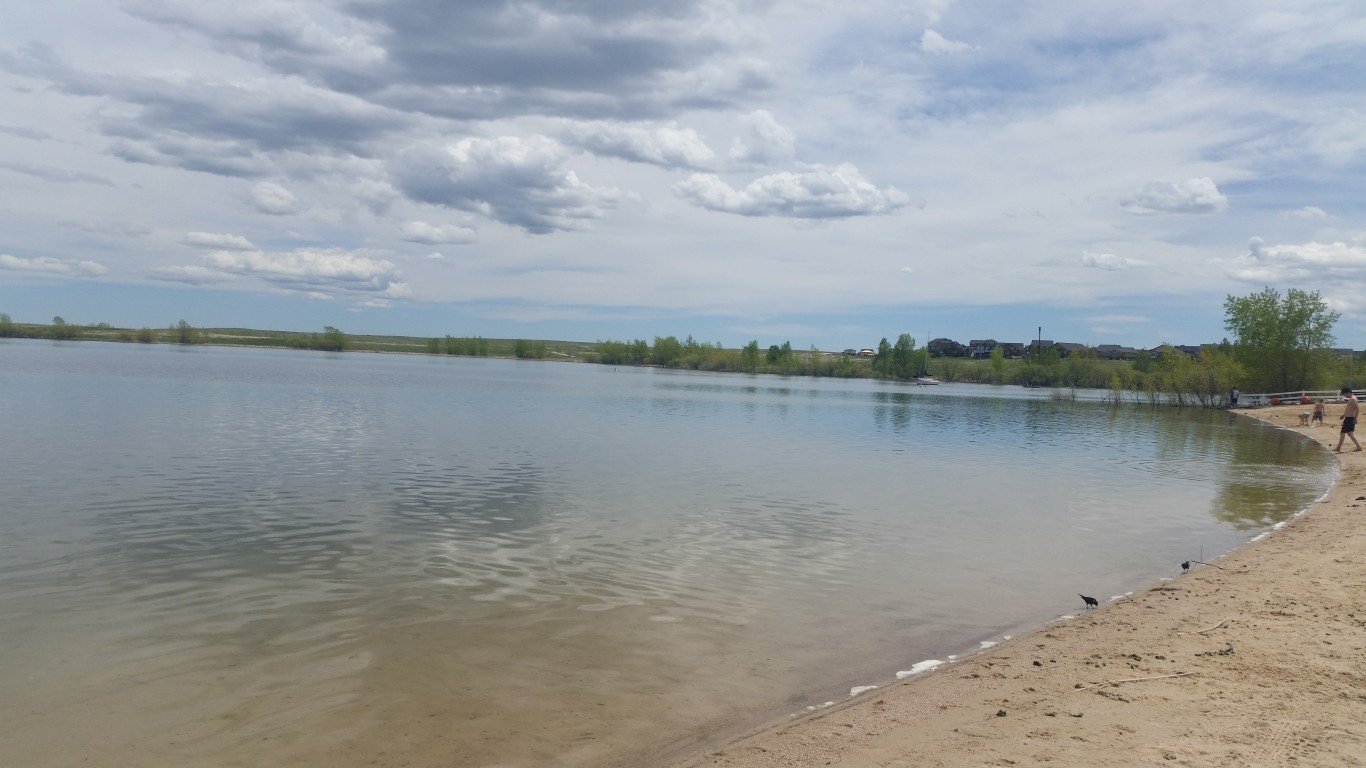
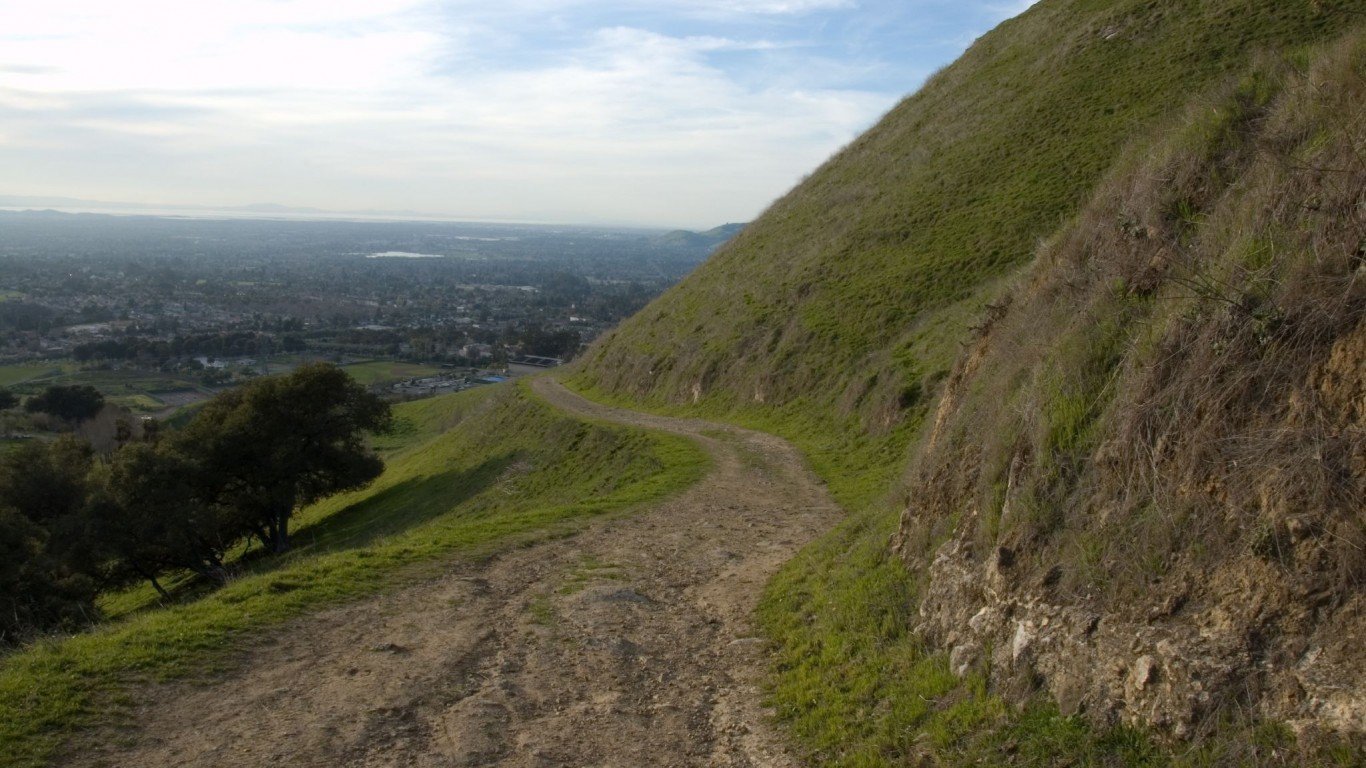
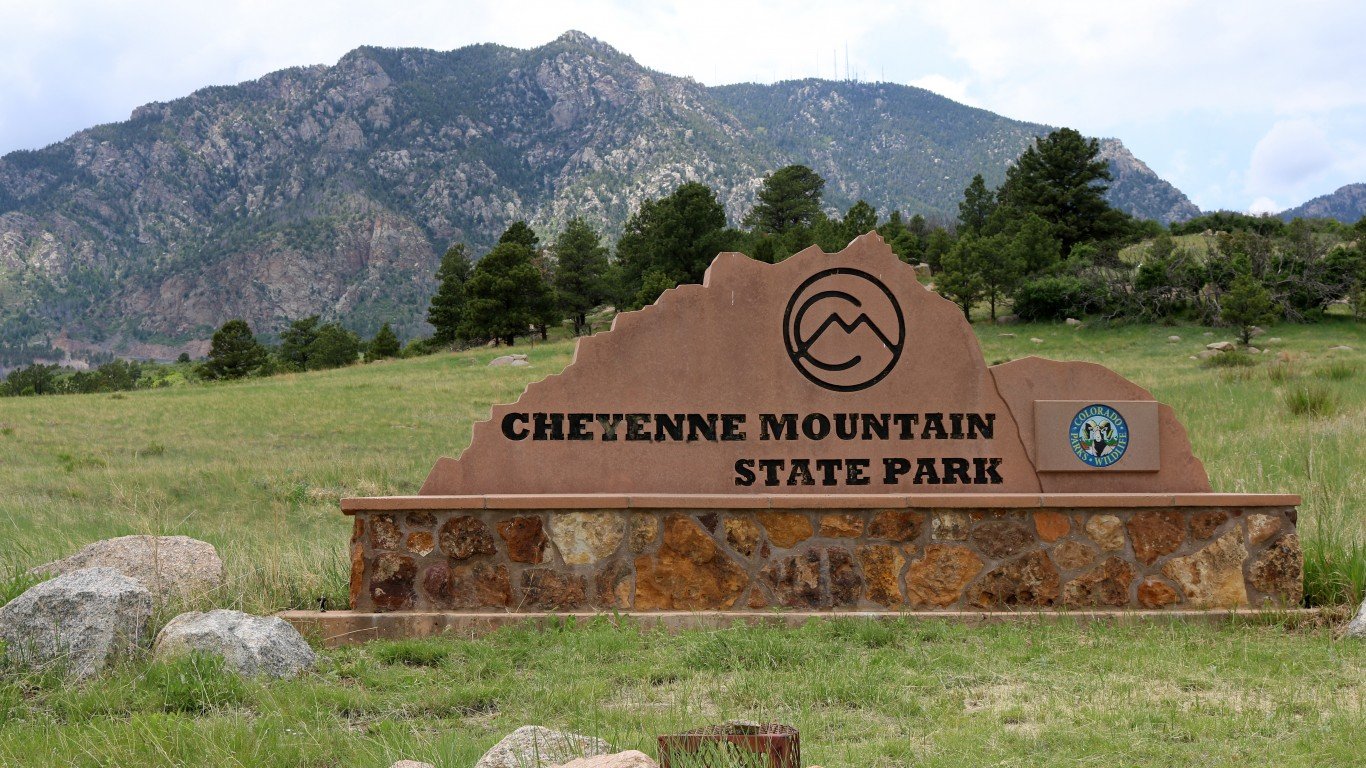
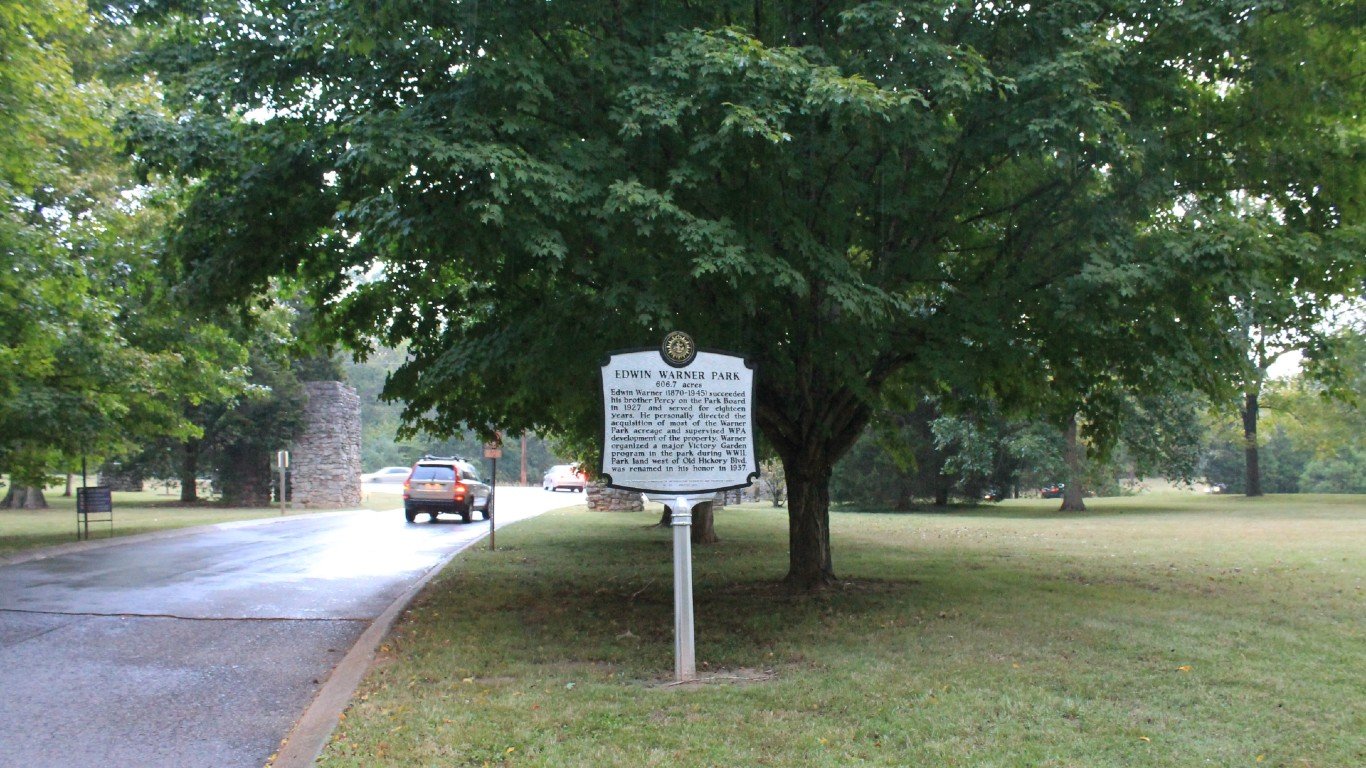
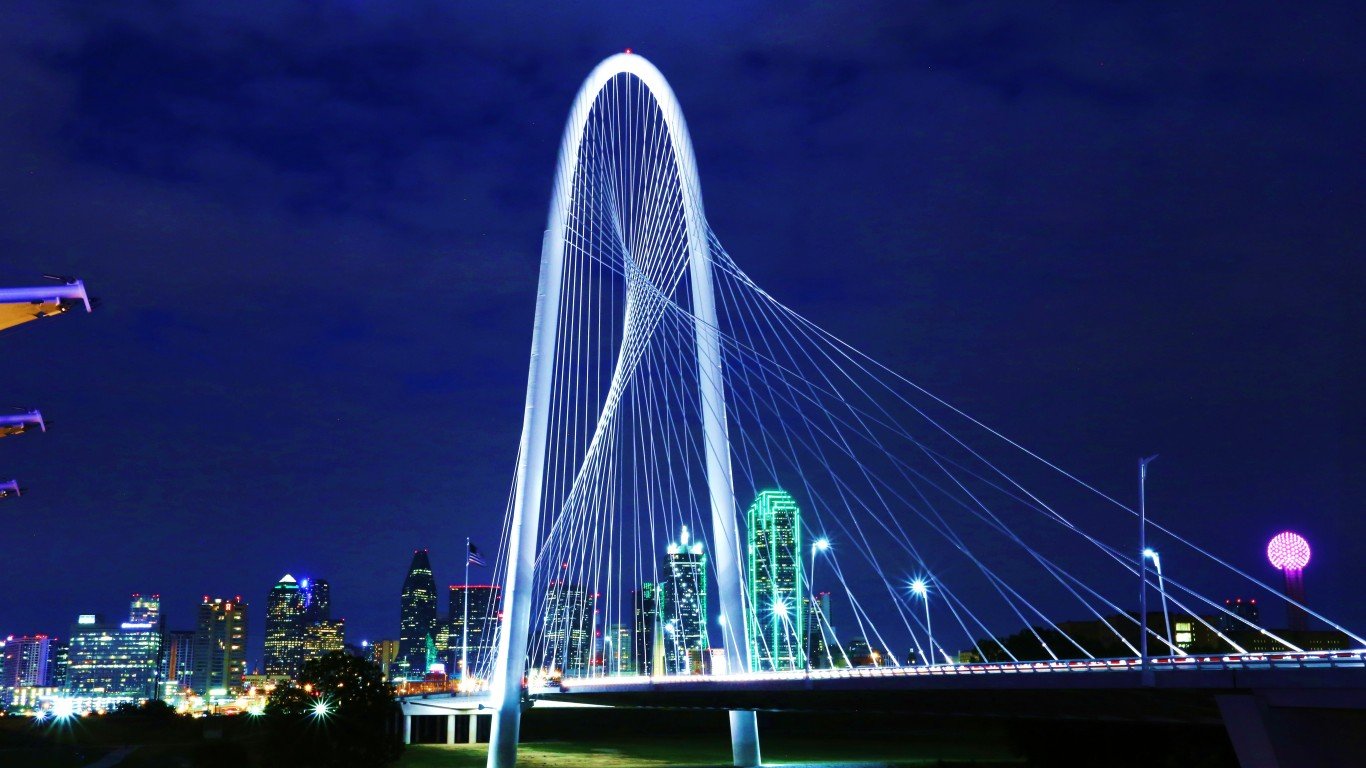
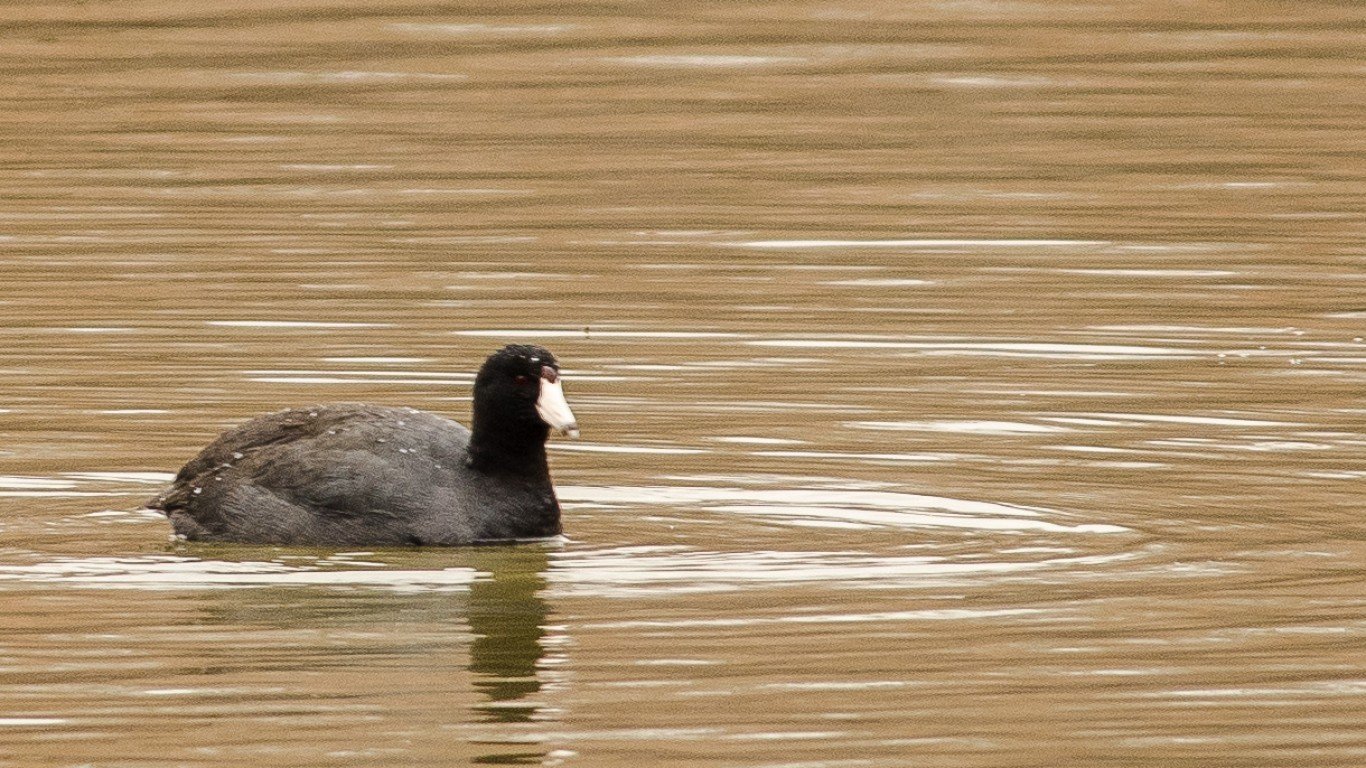
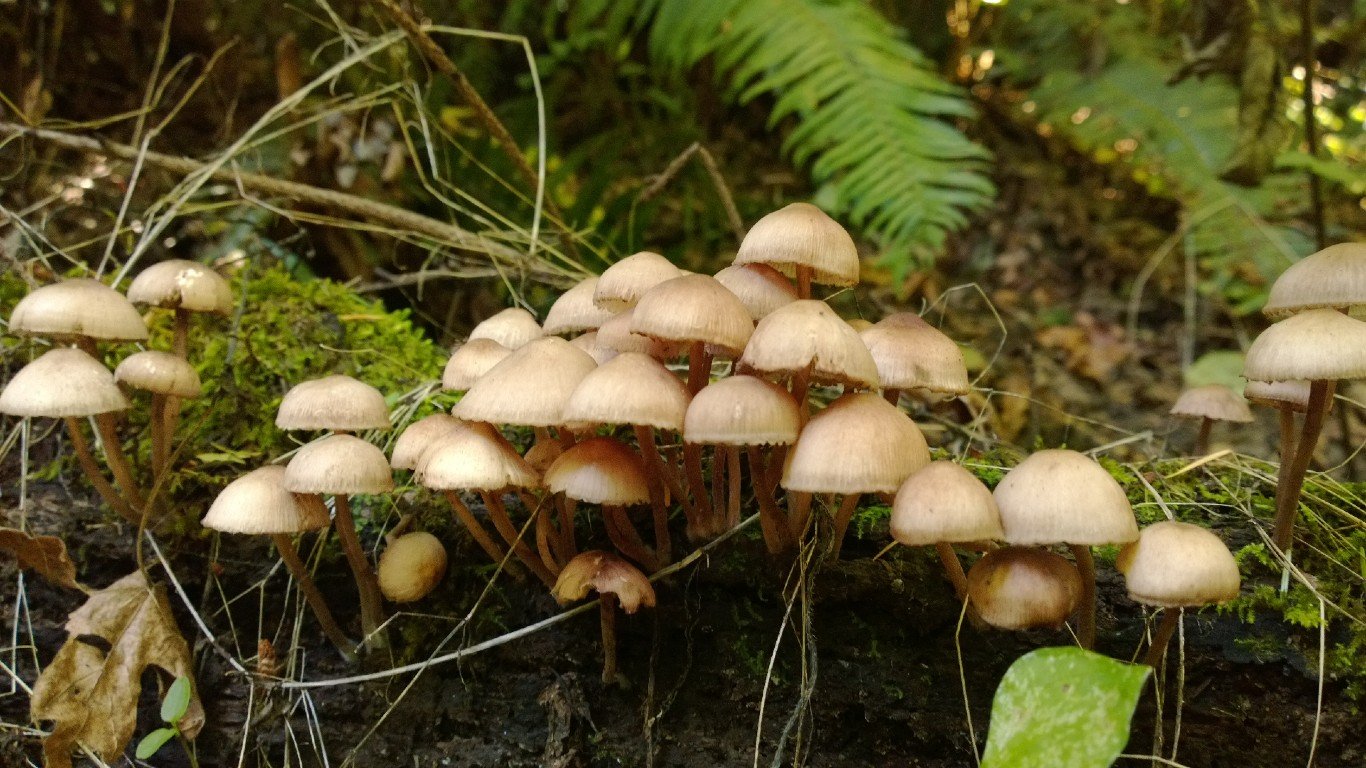
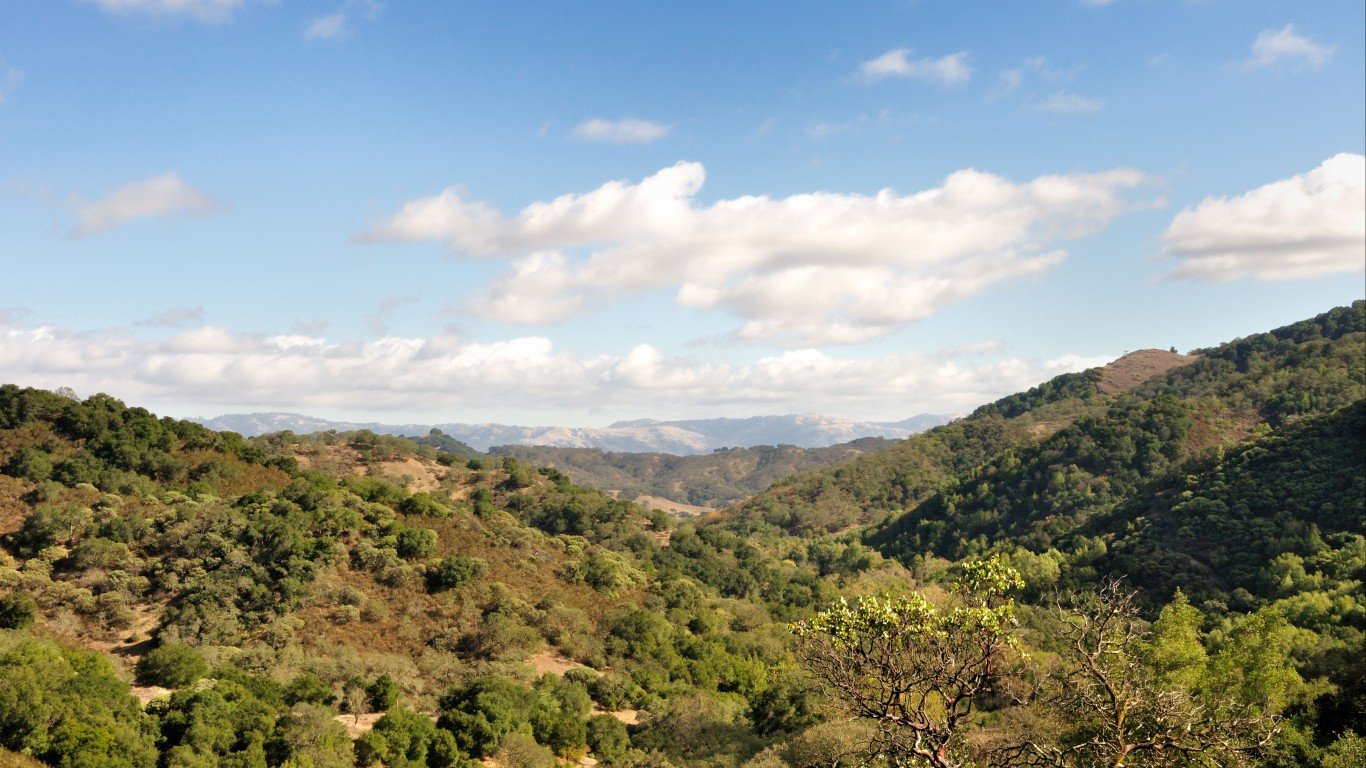
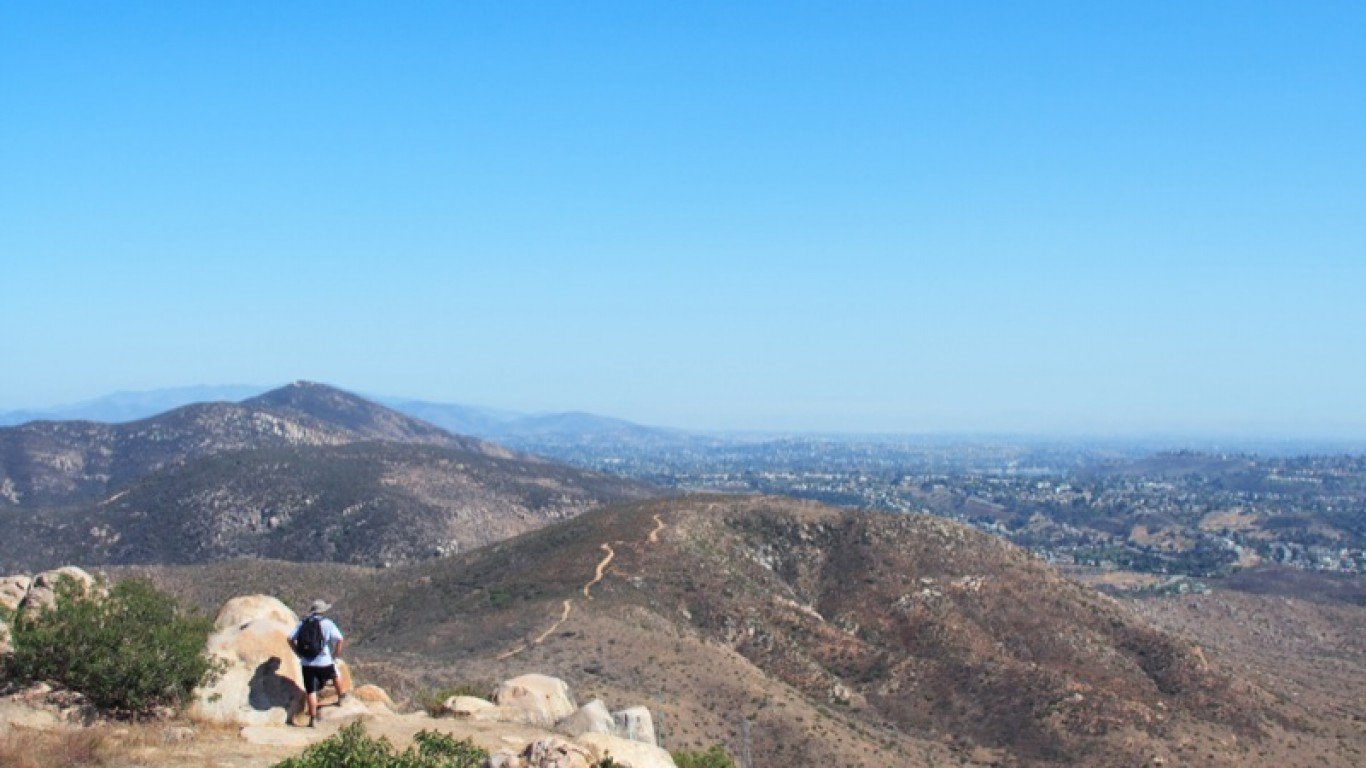
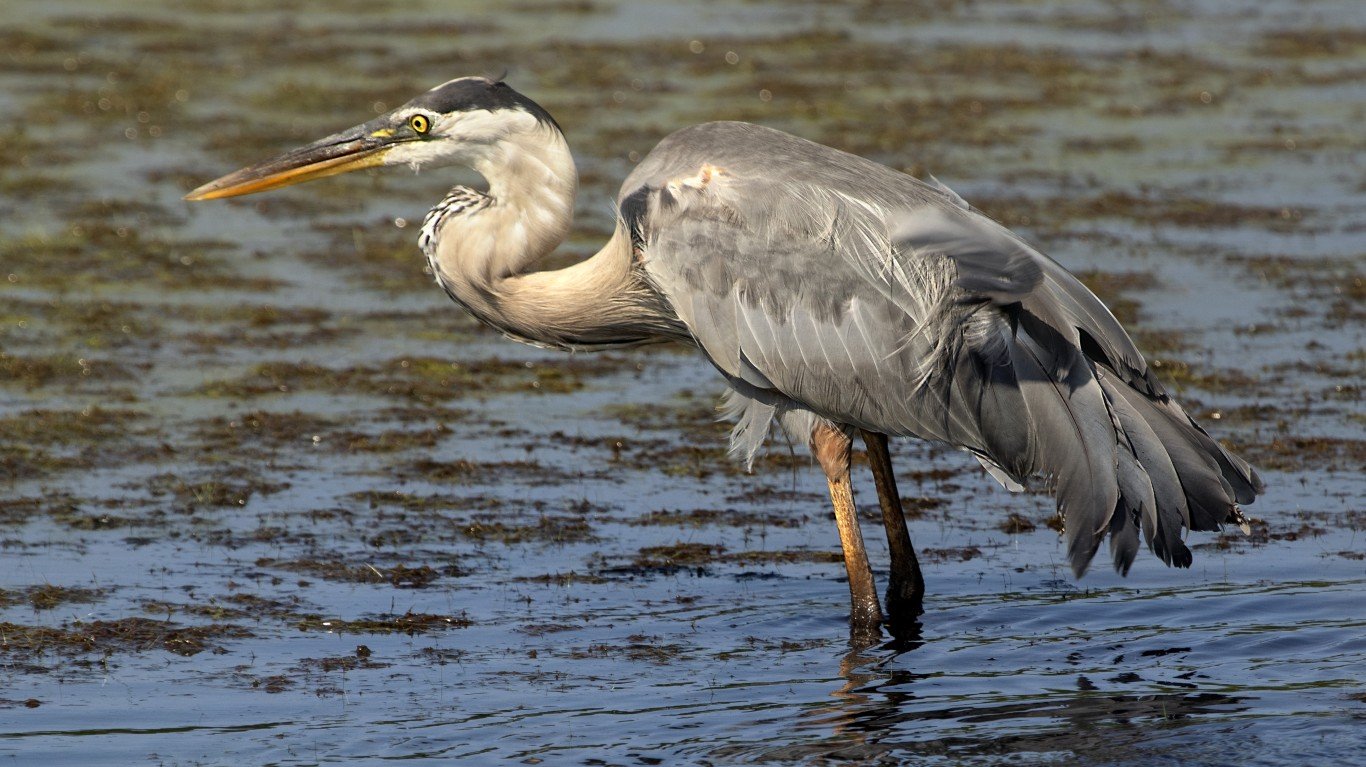
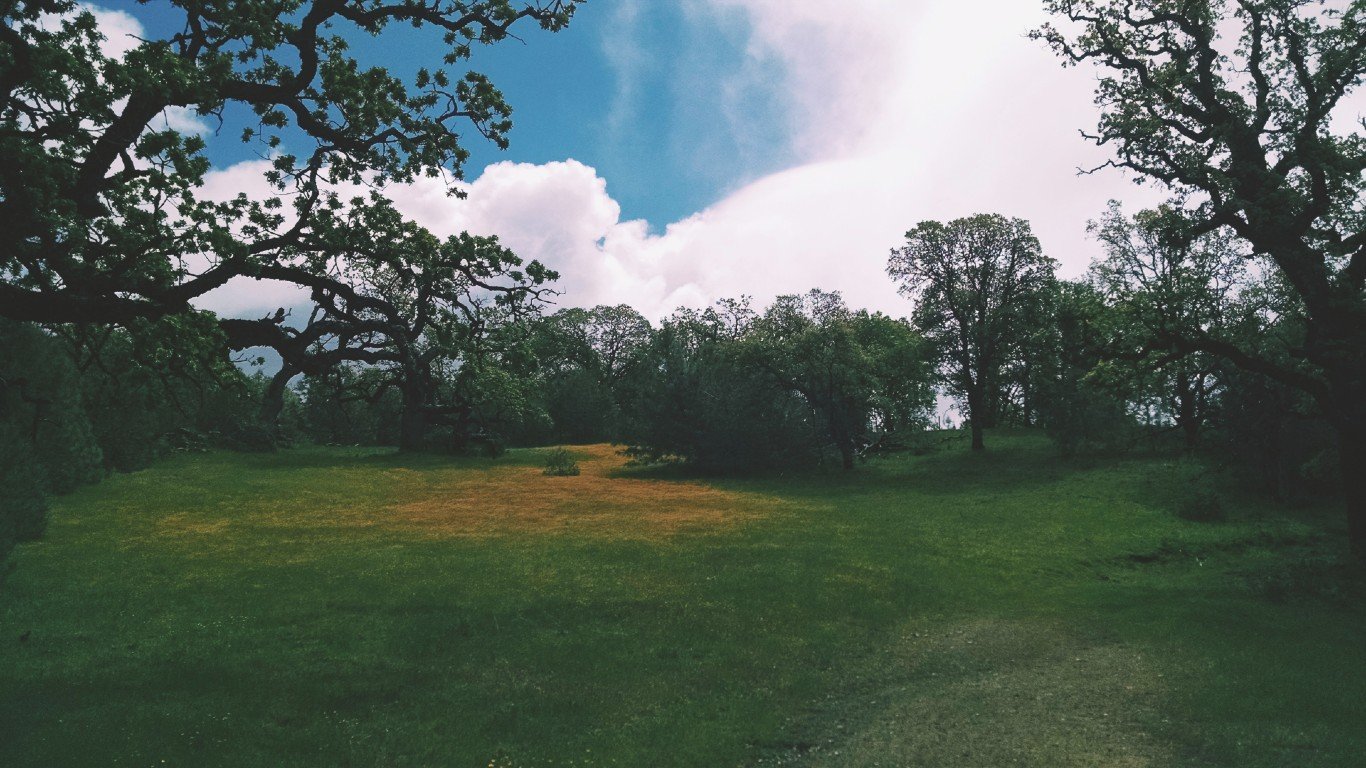
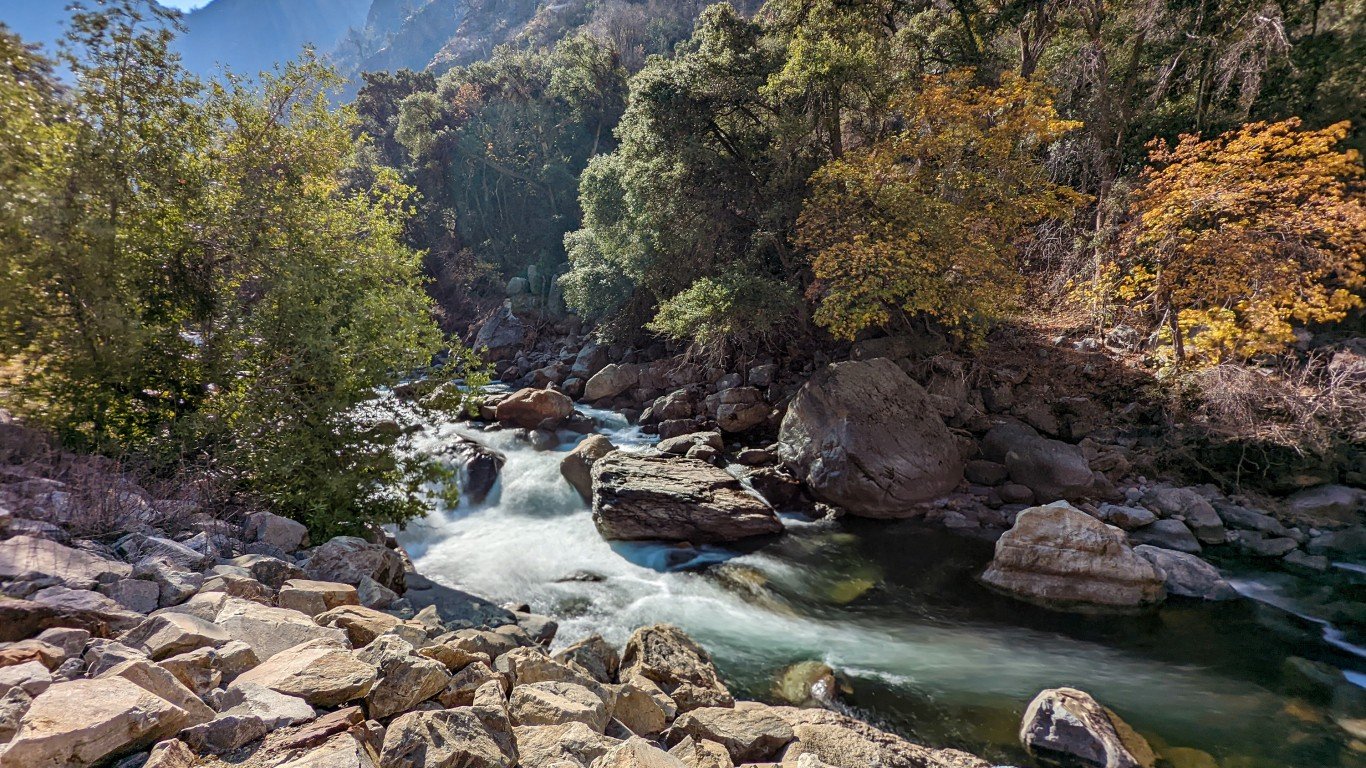
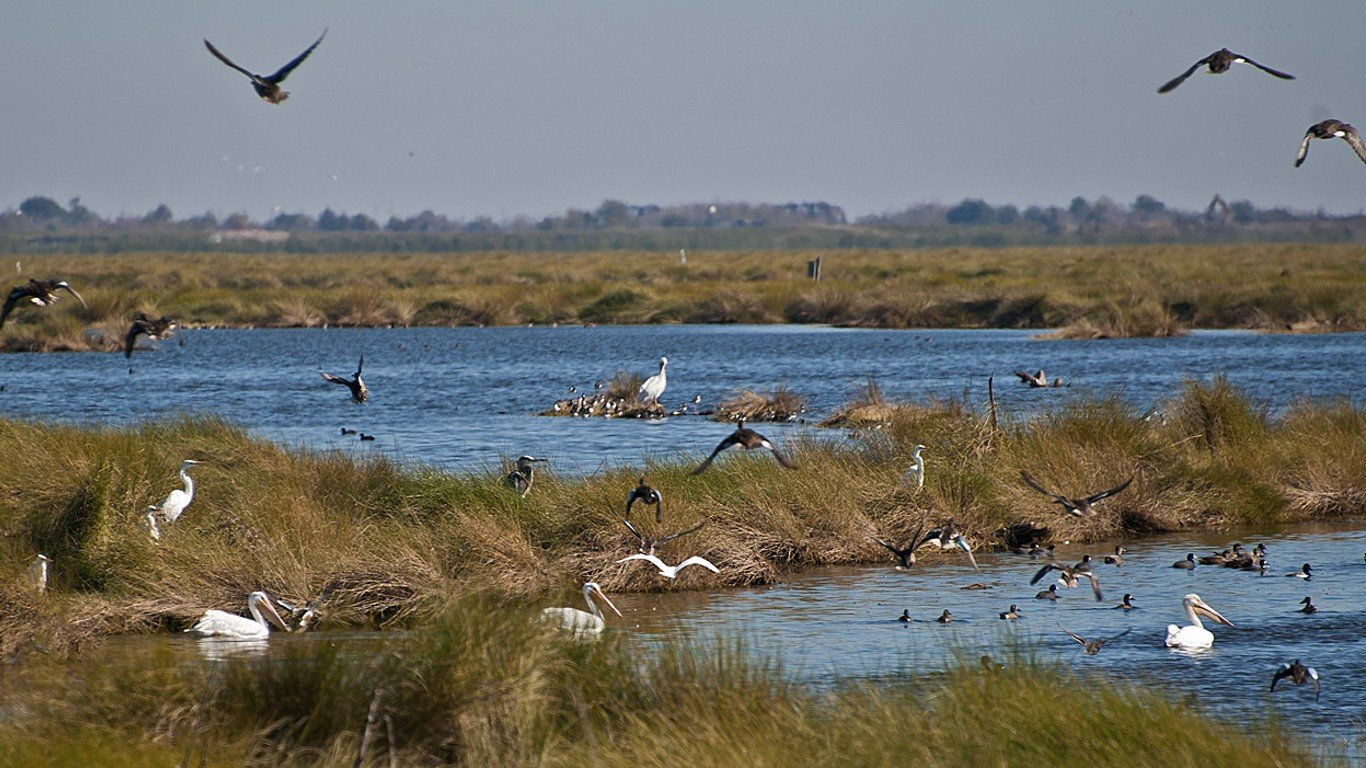
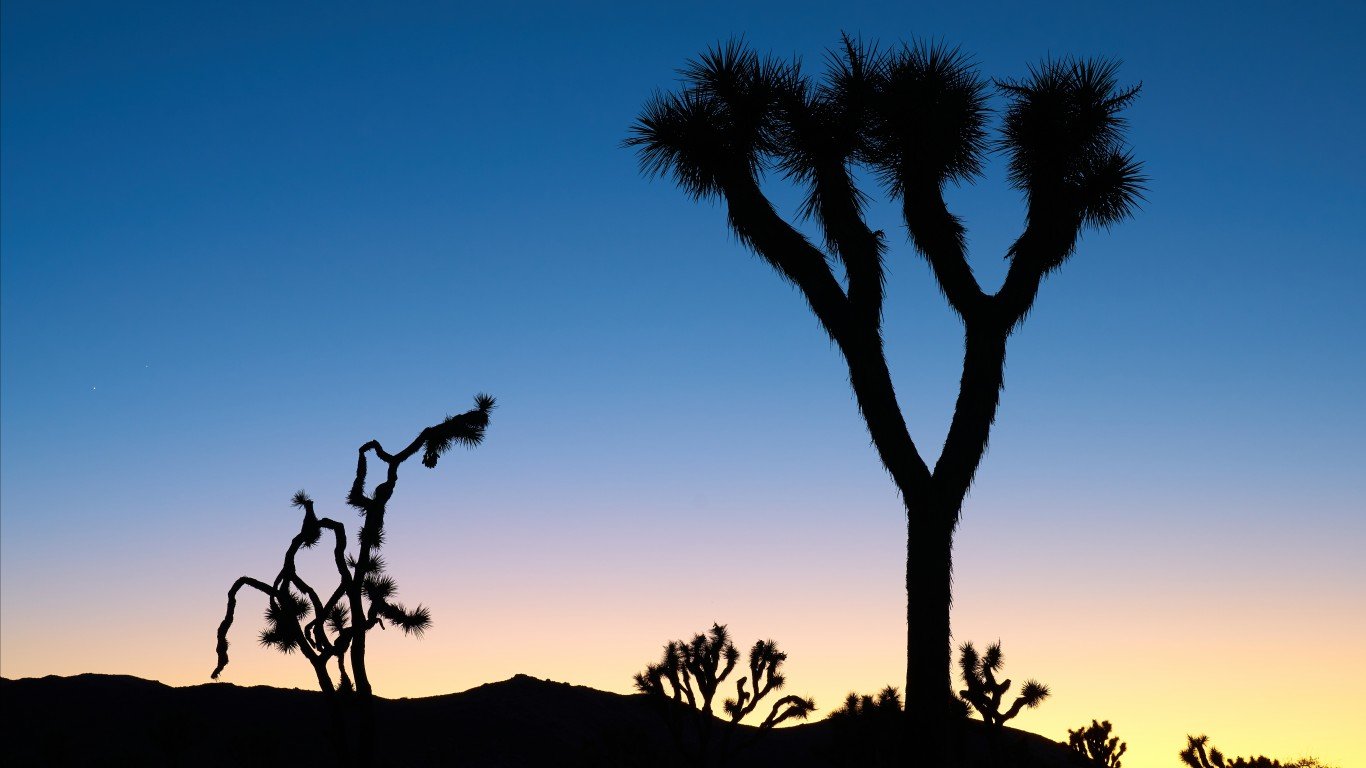 24/7 Wall St.
24/7 Wall St.